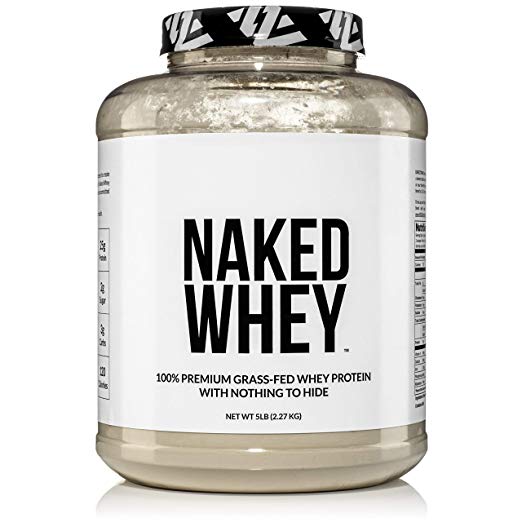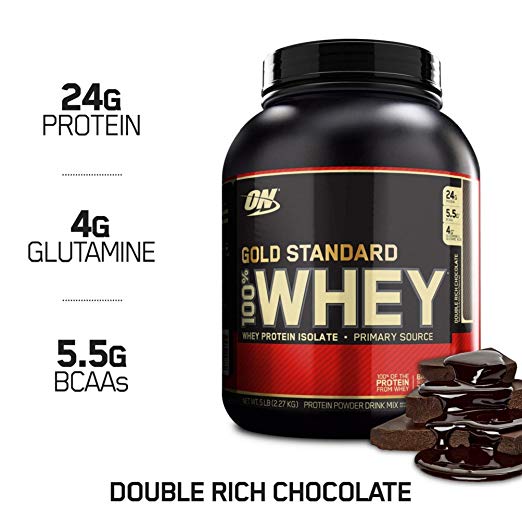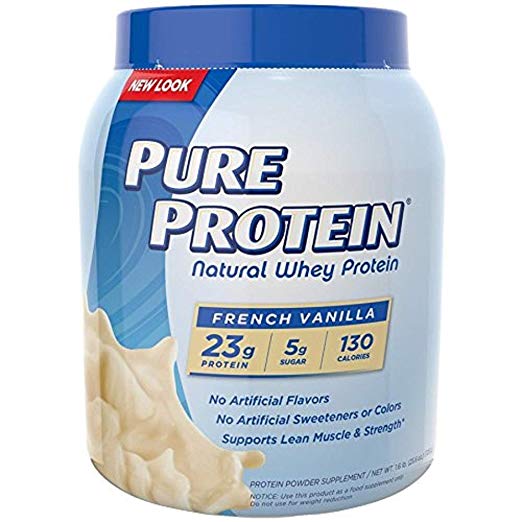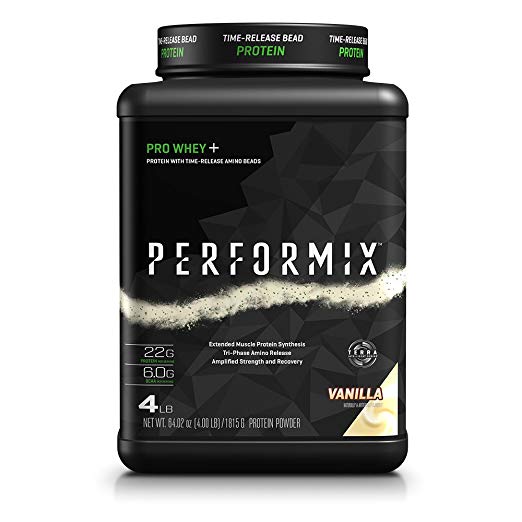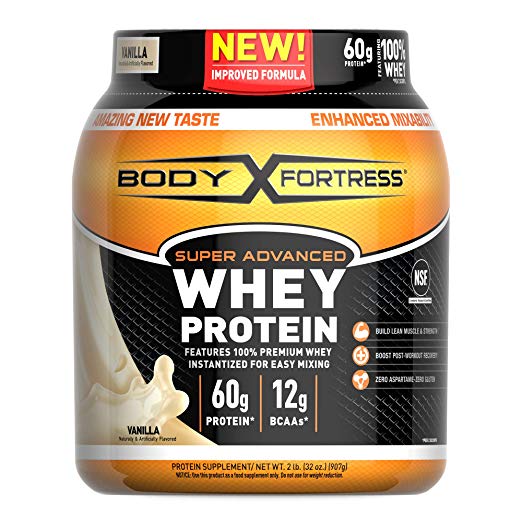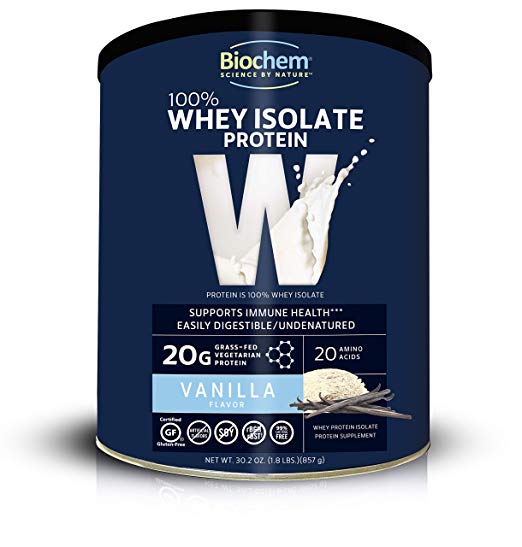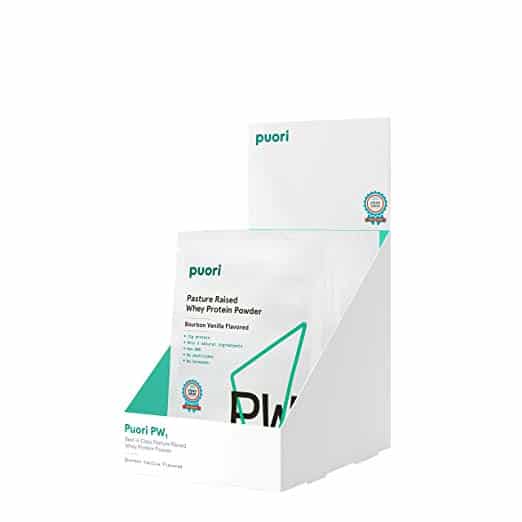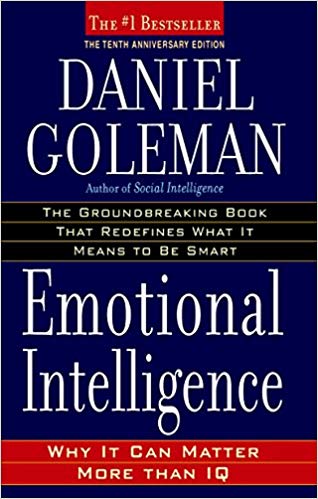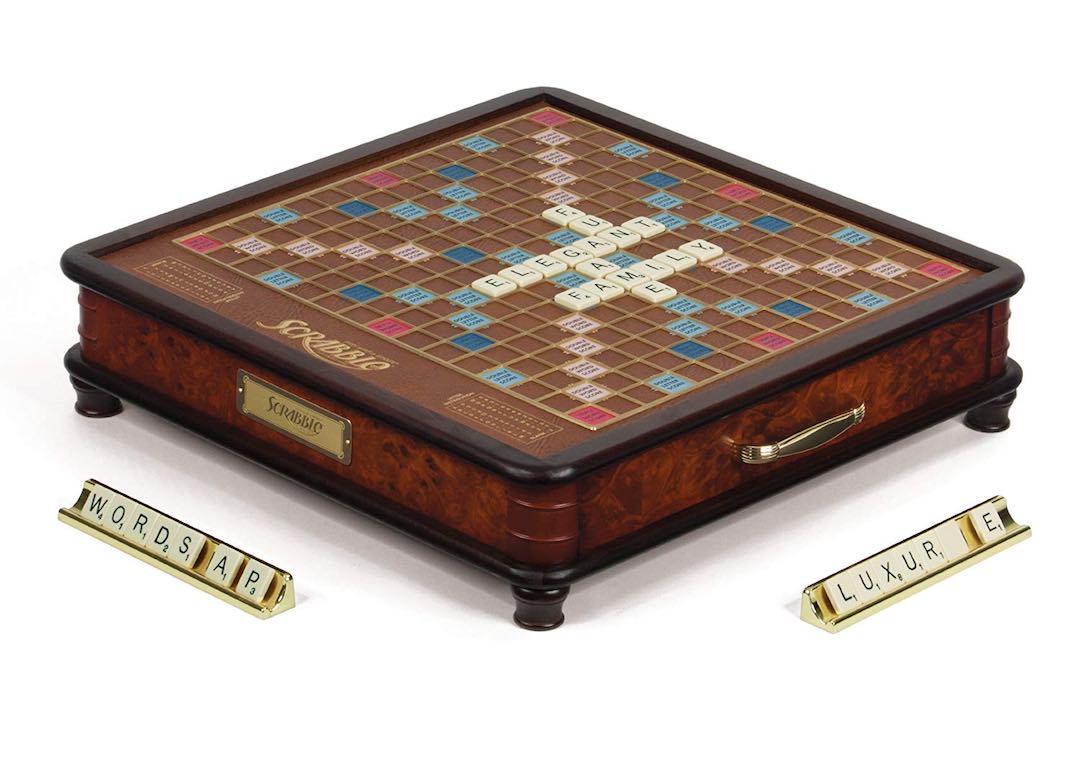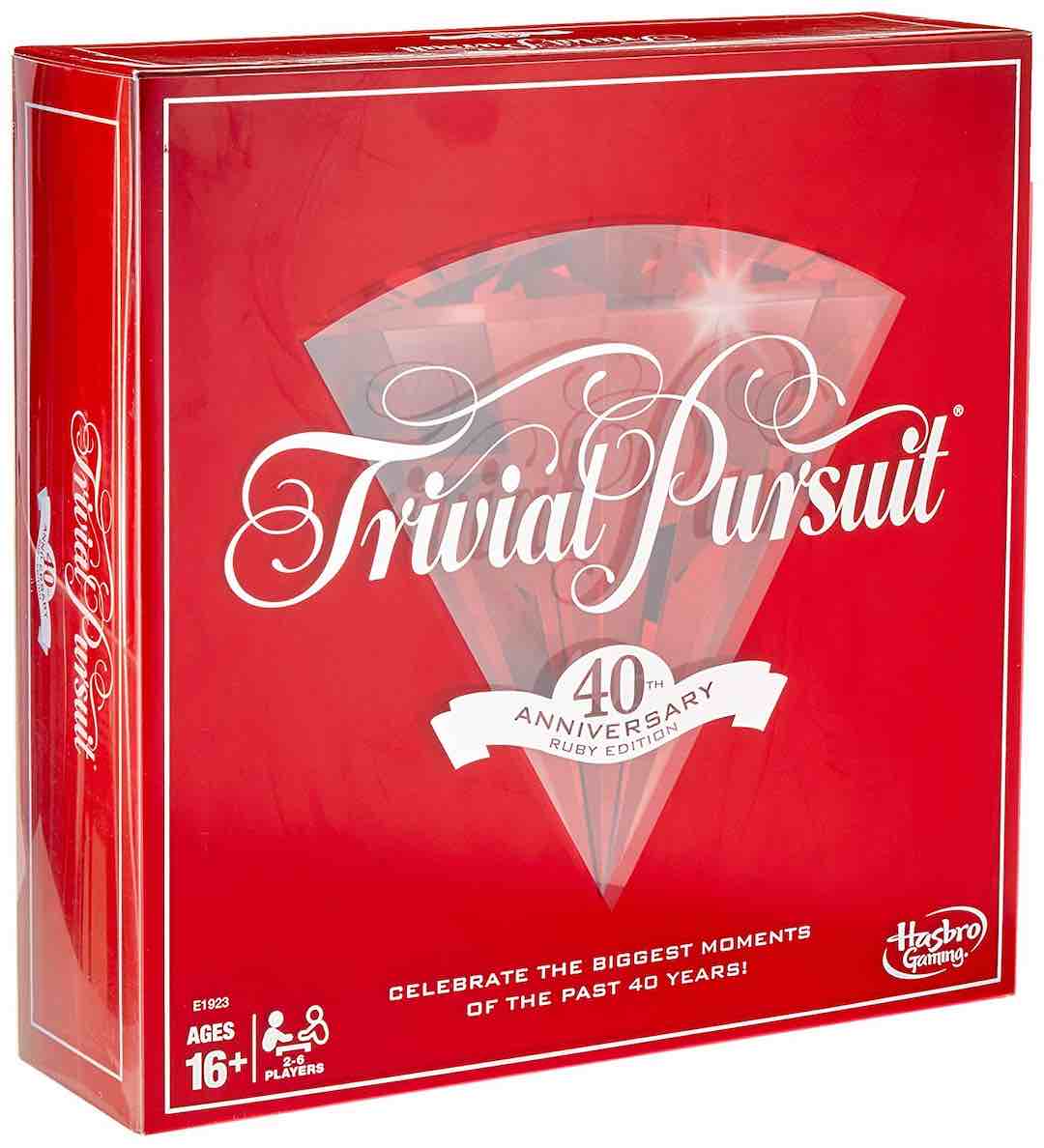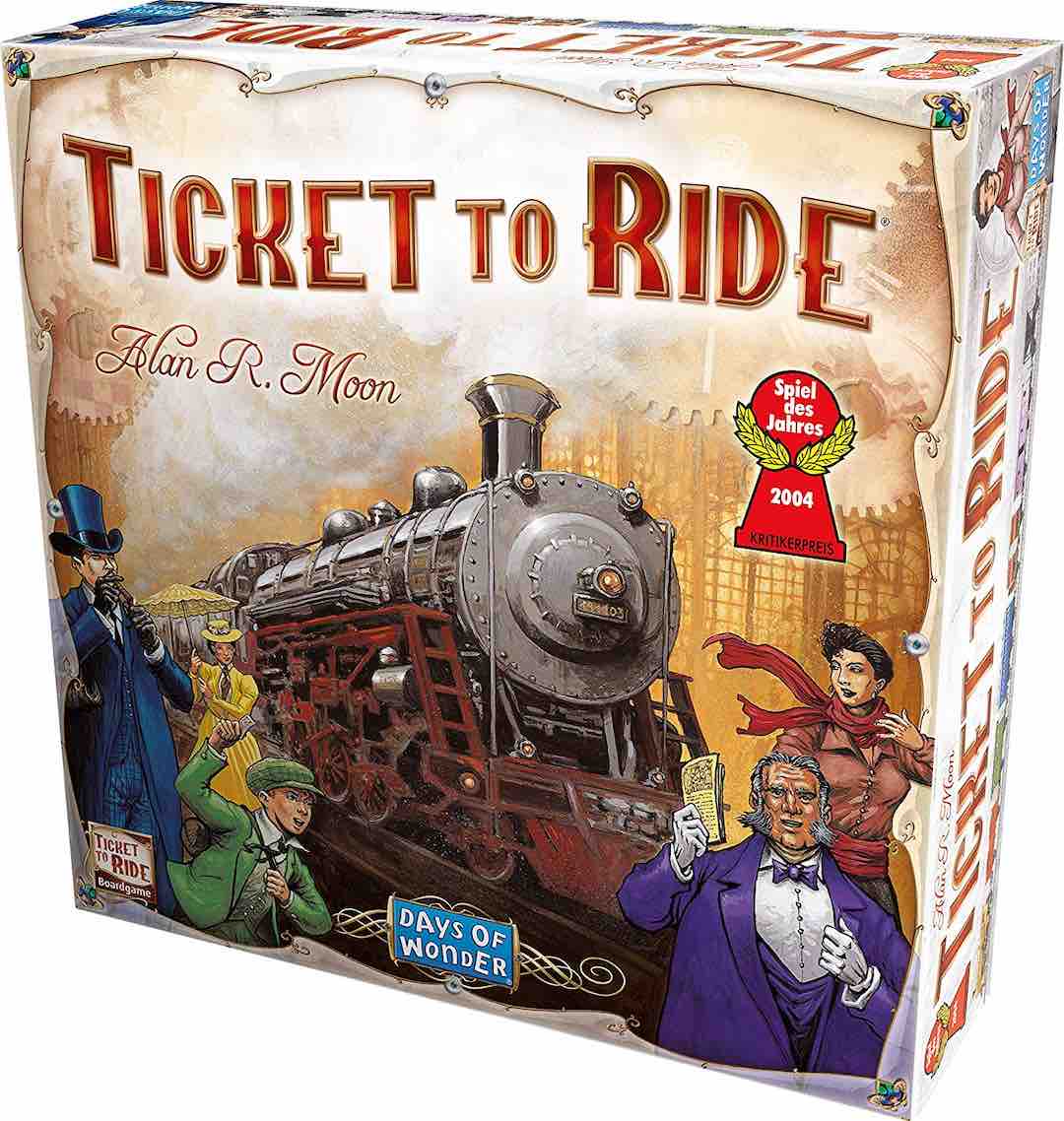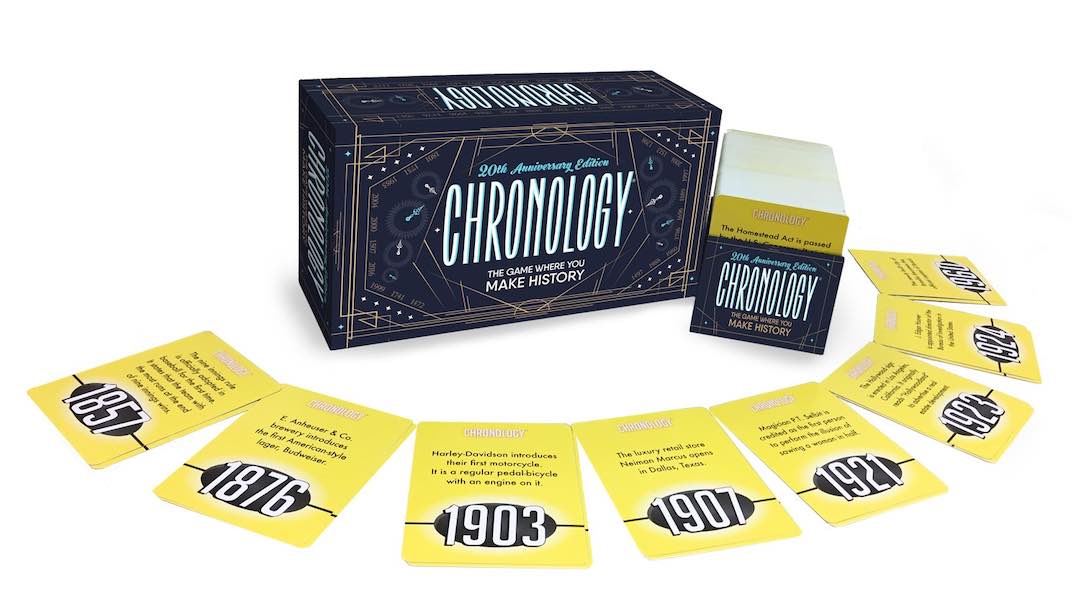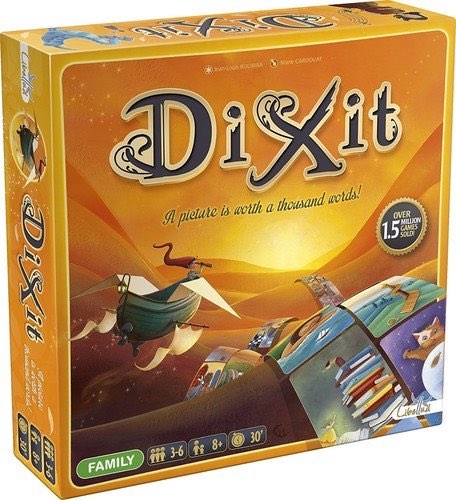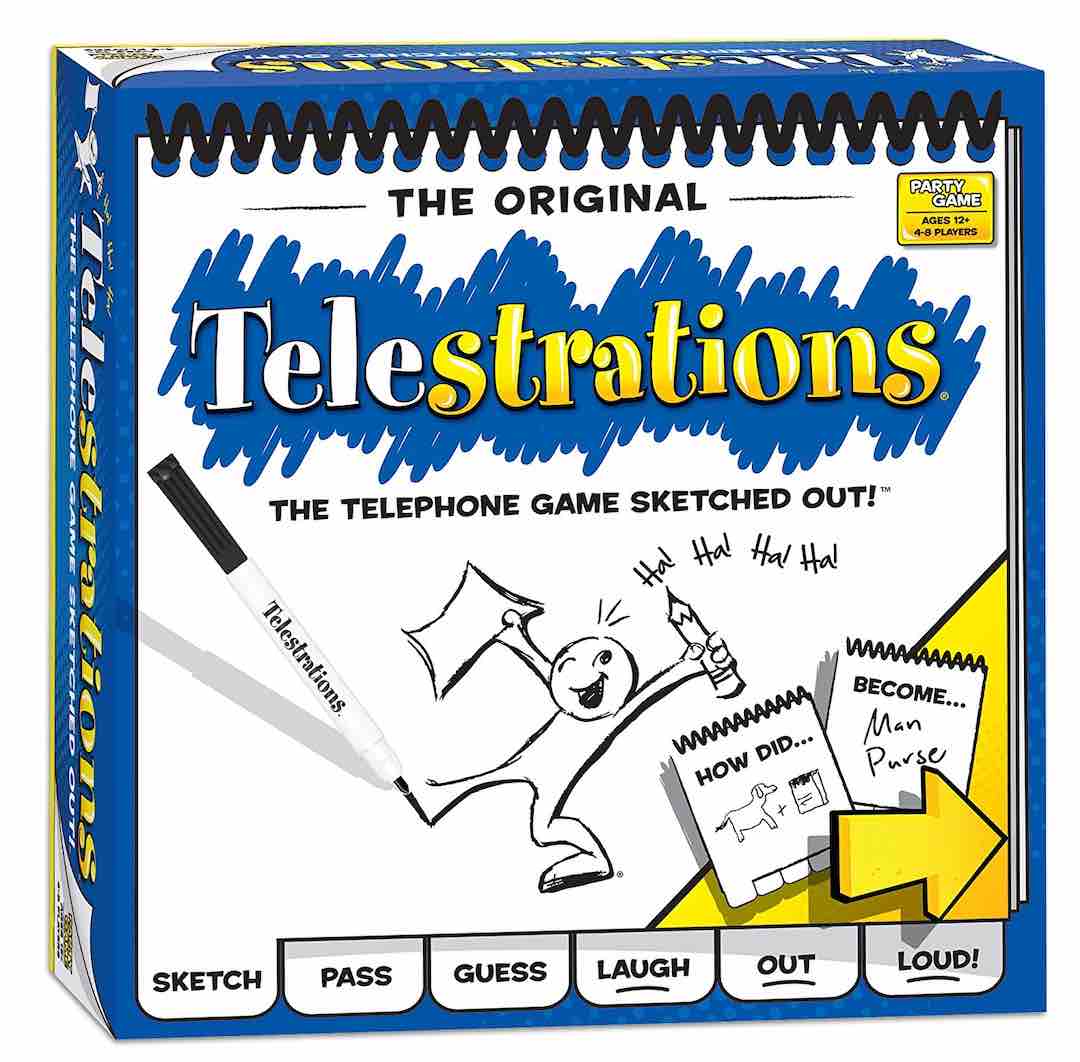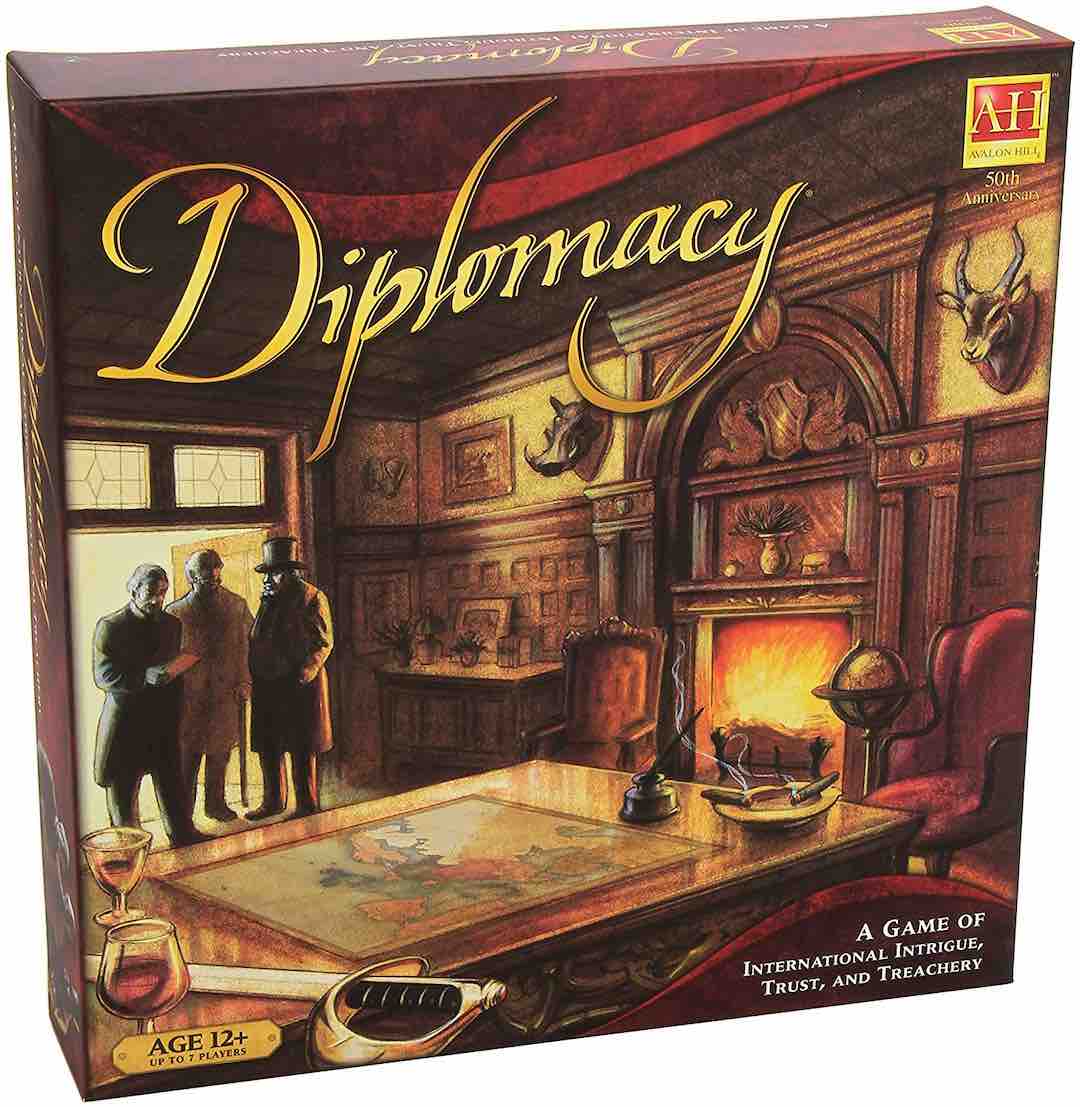The post Want to Feel Great? Try These Protein Powders! appeared first on Thrive After 50.
]]>Protein is a pretty big deal
Protein is an organic compound composed of amino acids. Think of it as the builder/home remodeler of your body. It builds bones, muscles, cartilage, skin and blood. And, it repairs tissues and cells that need re-building. Production of enzymes, hormones and body chemicals? Protein.
Did you know that this combination makes up an essential part of the body tissues (muscle, hair, collagen) of all living organisms? And as we age, we may need more protein if we lose muscle mass due to illness or a less active lifestyle.
As with anything ingested, it’s worth taking the time to learn a few things about protein powders or supplements to make sure you pick the right product.
Why take protein powder?
Generally speaking, adults in typical situations shouldn’t really need supplements of any kind – if they are eating a variety of “clean”, healthy foods. But is there really a typical situation? Being realistic, there are many reasons why we might turn to protein powders:
- Not receiving enough protein in the diet
- Difficulty digesting foods that are typically high in protein
- General health benefits
- To improve or supplement fitness-related activities (build or maintain muscle mass or tone)
- Meal replacement – due to illness, lifestyle, convenience
Types of protein found in supplements
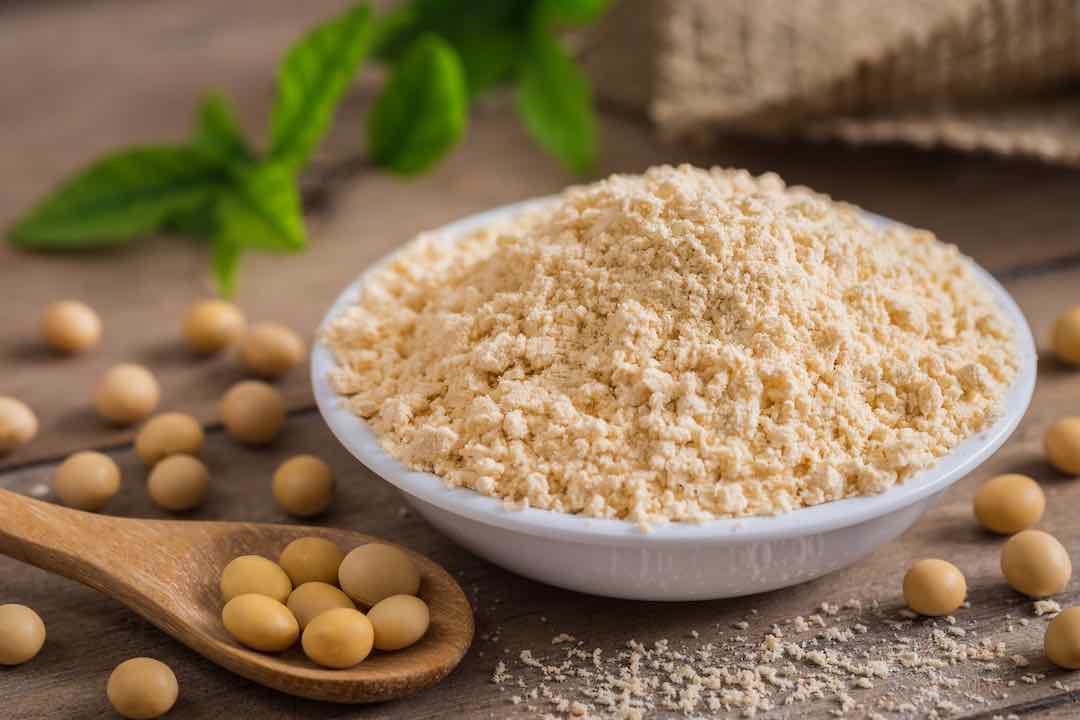 Although there are plant-based proteins, the most complete protein (with all of the required amino acids) comes from animal products. However, vegetarians and vegans have more options than ever and ingredients for some of the best vegan protein powders are included below.
Although there are plant-based proteins, the most complete protein (with all of the required amino acids) comes from animal products. However, vegetarians and vegans have more options than ever and ingredients for some of the best vegan protein powders are included below.
- Whey – the most commonly used. Derived from milk. Great to use after working out. Breaks down quickly so essential amino acids are delivered quickly
- Whey isolate – the low fat and lactose-free whey version
- Casein – derived from milk but breaks down slower. Best for meal replacement or snacks
- Egg – also lactose-free
- Soy – a great source of non-animal protein, derived from soybeans. Acceptable for vegans. It appears in a number of food products but there are some concerns about excessive use of soy including the possibility of hormonal imbalances
- Pea protein – vegan and hypoallergenic, it’s an excellent source of several of the required amino acids
- Brown rice protein – not a complete protein but has several other benefits including a claim that it is as effective as whey in building muscle and improving strength. Hypoallergenic and vegan
- Hemp – Newer to the market. Becoming very popular for its many uses, so it may be more expensive than other sources of protein
- Collagen – an interesting and multi-purpose protein choice. Also a newer entrant to the market, collagen protein is derived from the skin or bones of cows and pigs or from the skin and scales of fish. It provides a very respectable amount of protein but carries additional benefits for joints, bones and skin
- Mixed plant-based – as the name implies, it contains a variety of plant-based protein which, as a total, should contain sufficient protein. May have additional nutritional benefits
Interestingly, multiple sources cite chocolate milk as a great recovery beverage after a workout. (I vote for that!).
How much protein do you need?
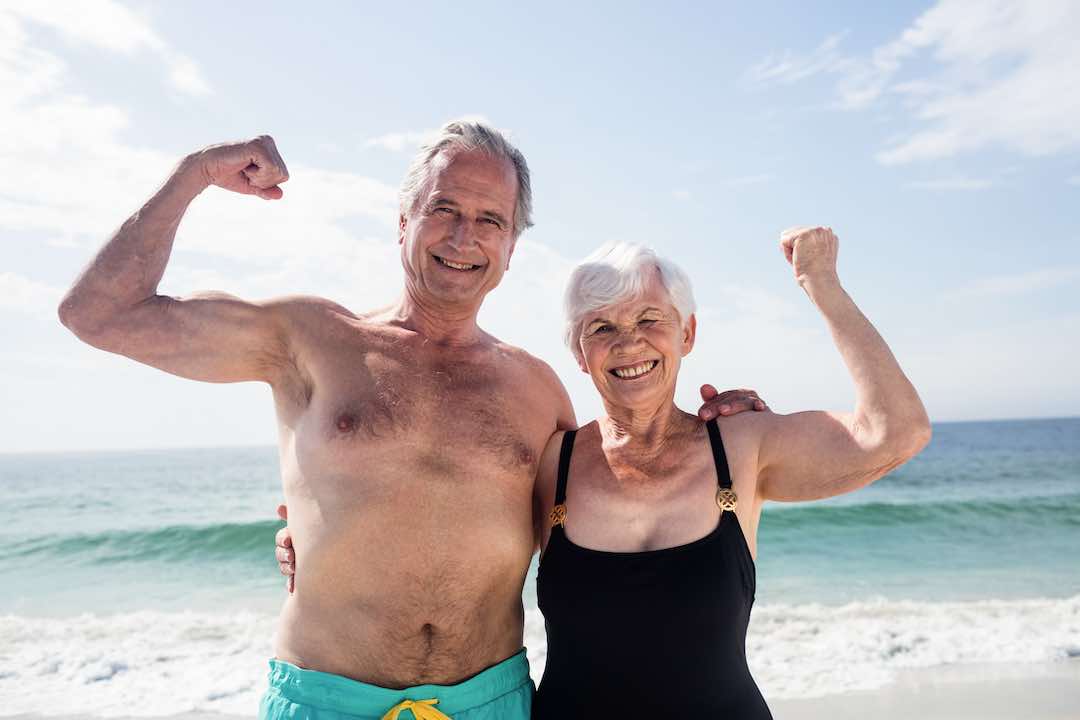
Would you be surprised to learn that, in addition to the problems associated with getting too little, you can get too much as well? Don’t believe the fitness or weight loss hype about ingesting large amounts of protein. Like water, our bodies can only absorb so much. If your goal is weight loss, excess protein is wasted – the leftover amino acids are excreted and guess what happens to the extra protein? It’s stored as fat! Nooooo! Pretty much not the best weight loss plan!
There can be other physical side effects as well. For example, older adults with impaired kidney function who consume excess protein may experience increased health risks. Even with a seemingly beneficial nutrient, it’s important to consult with a doctor prior to significant dietary changes.
AARP states that the RDA (recommended dietary allowance) for adults 18 and over is about 2.3 ounces for a weight of 180. Adults at 65+ years of age may need more because the aging process may contribute to a loss of muscle mass (sarcopenia).
To determine your RDA, multiply your weight x 0.36. Ex: (0.36 x 180 lbs = 64.8 grams or a bit over 2 ounces). You may want to double that number if you’re very active or more focused on optimal protein to maintain muscle and control weight as you age.
Top protein powders
There are so many choices and so much information that it can be overwhelming to determine the best option for you. And, a search for “best protein powders” will yield pages and pages of results and advertisements. Start with these tips to narrow your choices:
- Determine your objective for using a protein powder
- Decide which type of protein is best suited to help you achieve your objective, for example:
- Weight management – protein that is “filling”
- Vegan or hypoallergenic – plant-based
- Multiple benefits – collagen
- Research the product using the tips in this article to determine the best value that meets your needs
Check out the Orlando Sentinel’s Best Reviews feature which lists their top 5 picks for protein powders. Best Reviews is unbiased as they don’t accept products from manufacturers, and they conduct their own research. Their top 2 choices:
- Labeled “Best of the Best” – Naked Nutrition’s Naked Whey. On the expensive side but contains the purest ingredients with a great, fresh taste
- “Best Bang for the Buck” – Gold Standard 100% Whey Protein Powder. An all-whey powder that provides good value
Great recipes for protein powders
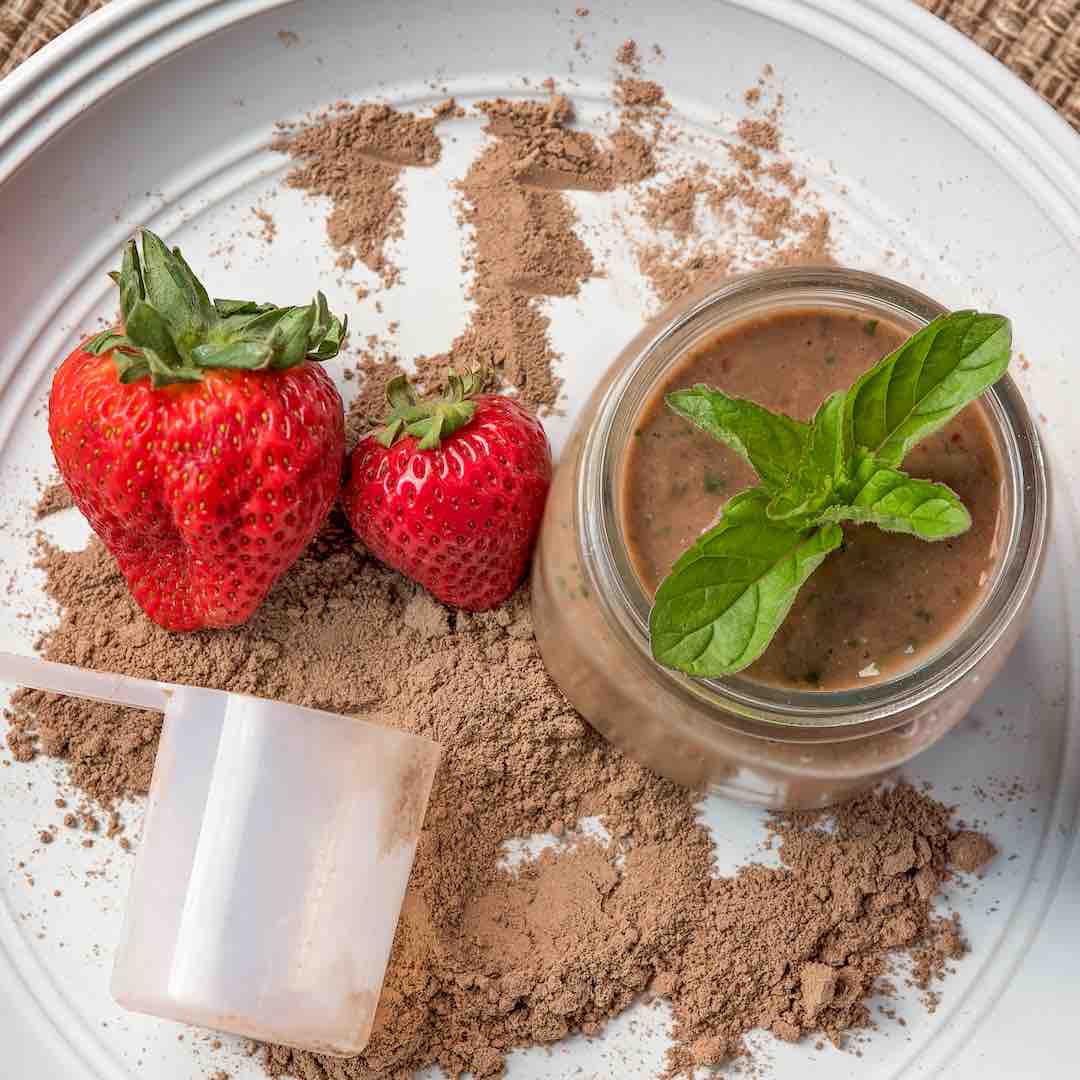 Courtesy of Healthline.com, try the following recipes for tasty ways to use your protein powder.
Courtesy of Healthline.com, try the following recipes for tasty ways to use your protein powder.
- Mix with water, milk or your favorite non-dairy drink (“milk” from nuts or oats)
- In yogurt
- Smoothies!
- Add collagen peptides into coffee for a creamy boost of protein
- Bake it into your favorite healthy desserts
- Stir some into the pancake mix
- Vanilla protein powder makes your oatmeal creamy (and energizing)
- Homemade energy bites with powder, oats, dried fruit and nut butter
- Gummies (yummies) with collagen peptides, cooked berries and lemon juice
Read the label
With anything that you consume, reading the label is critical. In order to make protein drinks tasty, there may be a variety of unwanted ingredients that could diminish any gains of getting more protein in your diet – added sugar, dyes, fillers. And, because protein powders are classified as supplements, they don’t have the same FDA oversight as something categorized as food. That means that there are no standards to be sure you’re getting what you want and that you aren’t getting things you don’t want.
Even more concerning – some brands recommend using protein powders for pregnant women or teenagers or to consume up to 3 protein powder drinks per day to build and maintain muscles. However, Consumer Reports cautions that testing showed the presence of heavy metals in some protein powders. They used an analysis conducted by The Clean Label Project which assigns a score related to the presence of 4 elements including heavy metals and then calculates an overall score.
The five products that got the best overall scores were:
Pure Protein Vanilla Cream 100% Whey
Performix Pro Whey Sabor Vanilla Protein with Amino Beads
BodyFortress Super Advanced Vanilla 100% Whey Protein
BioChem Vanilla 100% Whey Protein
Puori PW1 Vanilla Pure Whey Protein
The bottom line
You don’t have to overpay for the best protein powder or get ingredients you don’t want or need. Check out the best protein powders in this article and drink your way to feeling great!
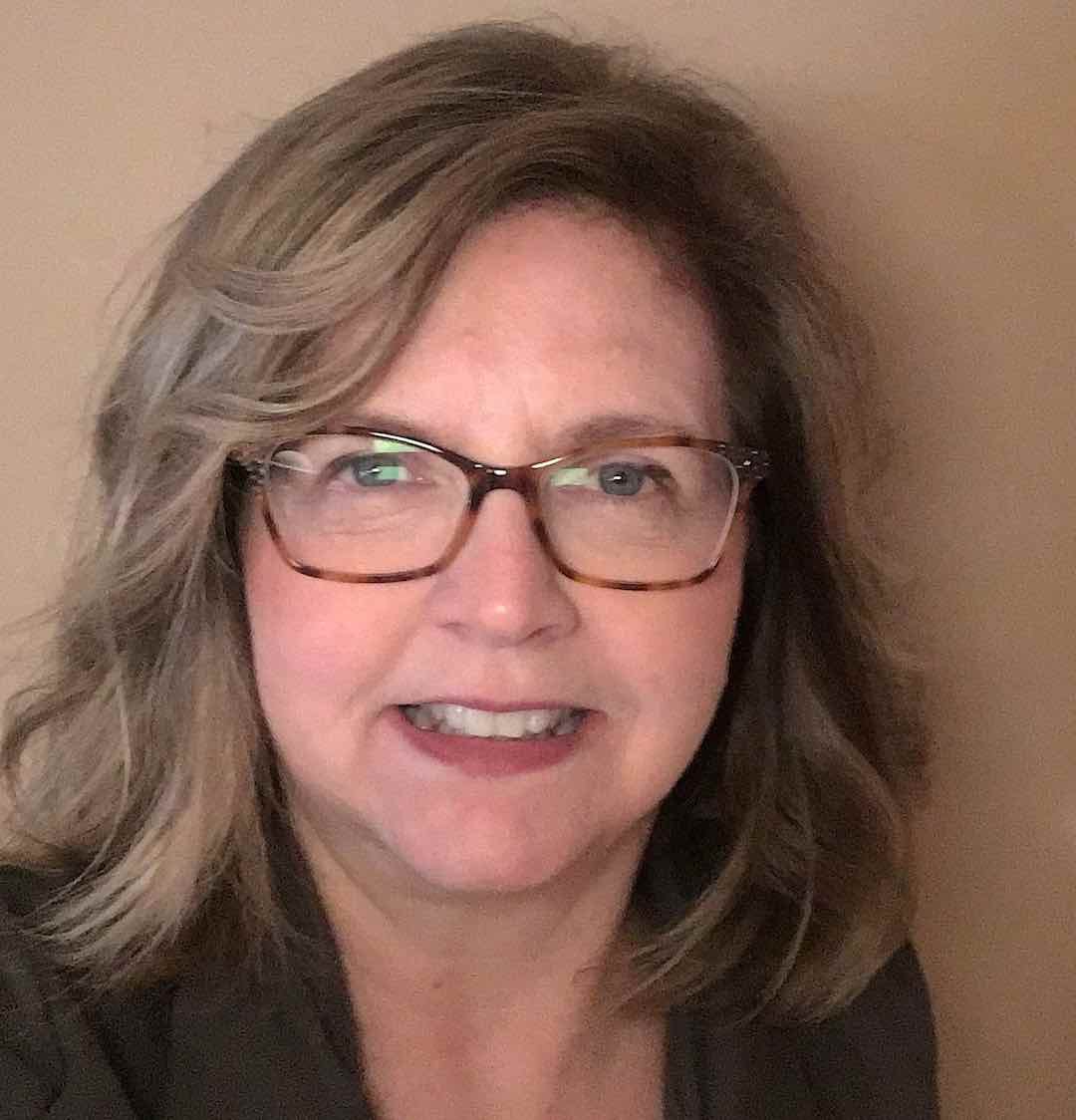
I’m a “reformed” corporate HR/business professional/adjunct professor, now happily transitioned into a freelance writing lifestyle as a second act. My joys include family and active grandparenthood, love of the outdoors, and travel adventures. I write/edit a wide variety of business and lifestyle articles, case studies and thought leadership guides. I’m only partway through the new chapters of my life so I’m working on blogging and writing several ebooks for my next projects. I try to live life by my motto – “I’ll get older but never old!”
The post Want to Feel Great? Try These Protein Powders! appeared first on Thrive After 50.
]]>The post The Healing Power of Music appeared first on Thrive After 50.
]]>Here is the thing about music: it transcends words and communicates on an emotional, physical, psychological, and even spiritual level like nothing else can. Science is just beginning to study the dramatic impact of music on our well-being, and the transformative power that it holds. In fact, music has the ability to bring about a special kind of healing and a sense of normalcy, even to people who have lost everything else.
Pathway to Healing
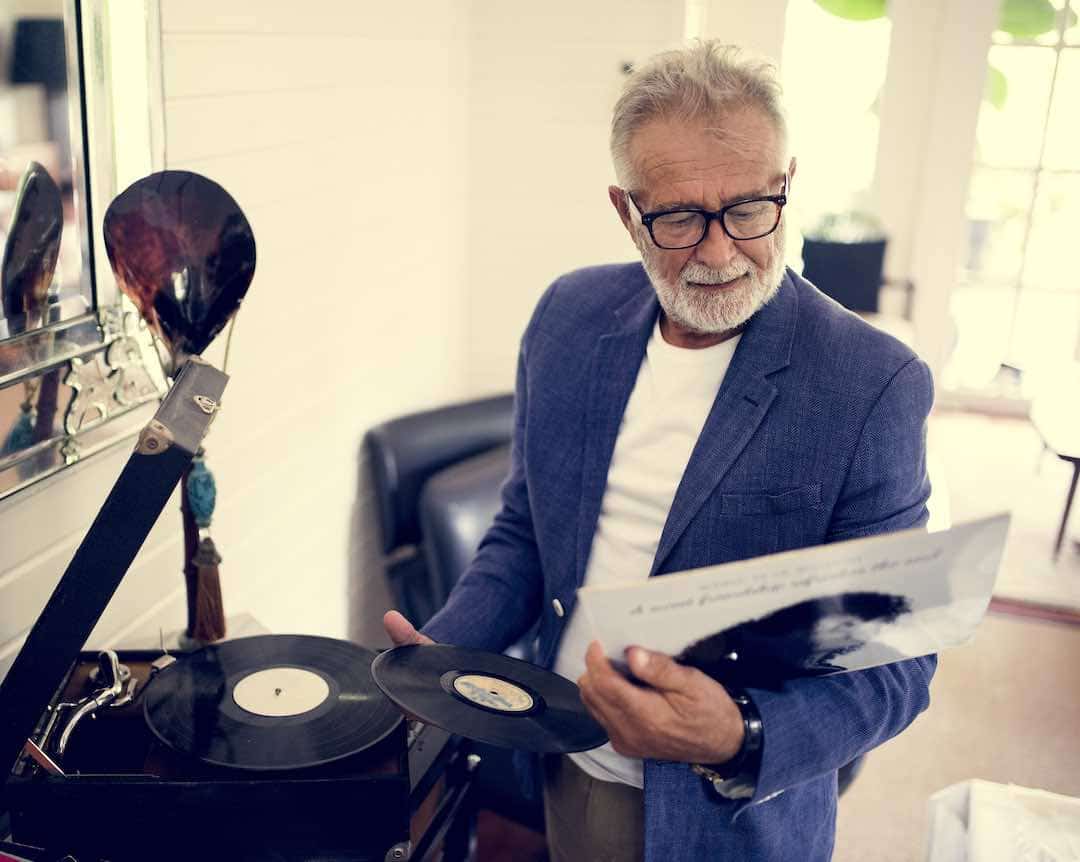
One of the most promising areas of music research today is with people who have cognitive as well as physical challenges. While using music as a therapeutic tool is nothing new, current studies have shown that participating in music can promote wellness in previously undiscovered ways. Researchers have found that music can:
- Relieve pain
- Reduce stress and anxiety
- Enhance memory
- Support physical rehabilitation
- Facilitate communication
- Alleviate depression
Music therapy is used with patients who suffer from mild to serious conditions. It can help with something as minor as a headache, all the way up to helping with people on the autism spectrum, and even those with neurodegenerative diseases.
Alzheimer’s Disease
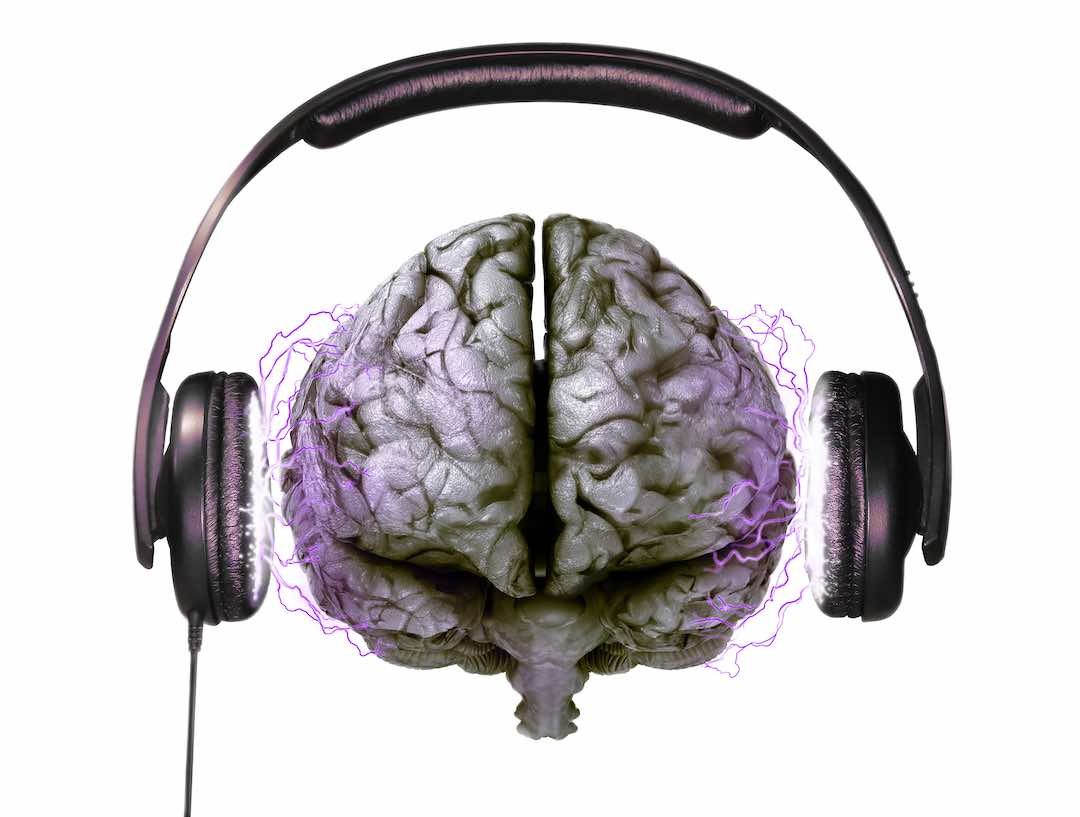
With age, all humans experience a normal shrinking of the brain. We laugh it off when we can’t recall something, calling it a “senior moment.” But Alzheimer’s is different. With this disease, there is widespread damage to the neurons in the brain, causing many lost connections and cellular death. It affects memory, language, reasoning, and social behavior, ultimately causing a person to lose their ability to function independently.
Remarkably, however, there is one portion of the brain that is spared from the progression of Alzheimer’s Disease: the so-called “salience network.” This area of the brain is responsible for determining if incoming sensory information (e.g., sights, sounds, smells, etc.) is personally relevant (salient), and therefore is key in directing our behavior. The more salient something is, the more it drives us to take action. The good news is that this region remains relatively functional, even in patients with advanced Alzheimer’s or dementia.
Music can tap into this salience network, offering a new approach to caring for patients. But not just any music. To be effective, the music needs to be personalized to the individual person, i.e., salient to them. And when that type of individualized music is played, dementia patients come alive, with even neighboring regions of the brain becoming activated. Music becomes an anchor that grounds the patient back into reality.
Can Music Save a Life?
According to Norman Foster, MD, Director of the Center for Alzheimer’s Care and Imaging Research, personally meaningful music is an alternative route for communicating with patients who are losing contact with their environment. Music lights up all of our brain, and it’s really, really good for us. Music can evoke emotion in even the most advanced cases of Alzheimer’s. Emotions bring back memories. And these memories bring back a feeling of life that no other therapy has been able to do.
Robin Spielber, contemporary pianist and composer, relates a story of playing her piano music at a Nursing Home. There she encountered a man who had not spoken a word to anyone in over six months. He had shut himself off completely from his family. As she played “Moon River,” she could hear him singing along in the background. Later the staff told her that Moon River had been his wedding song. And when she played it, it brought him back to life. He even asked for his family to visit with him, after months of isolation and silence.
Music as Medicine
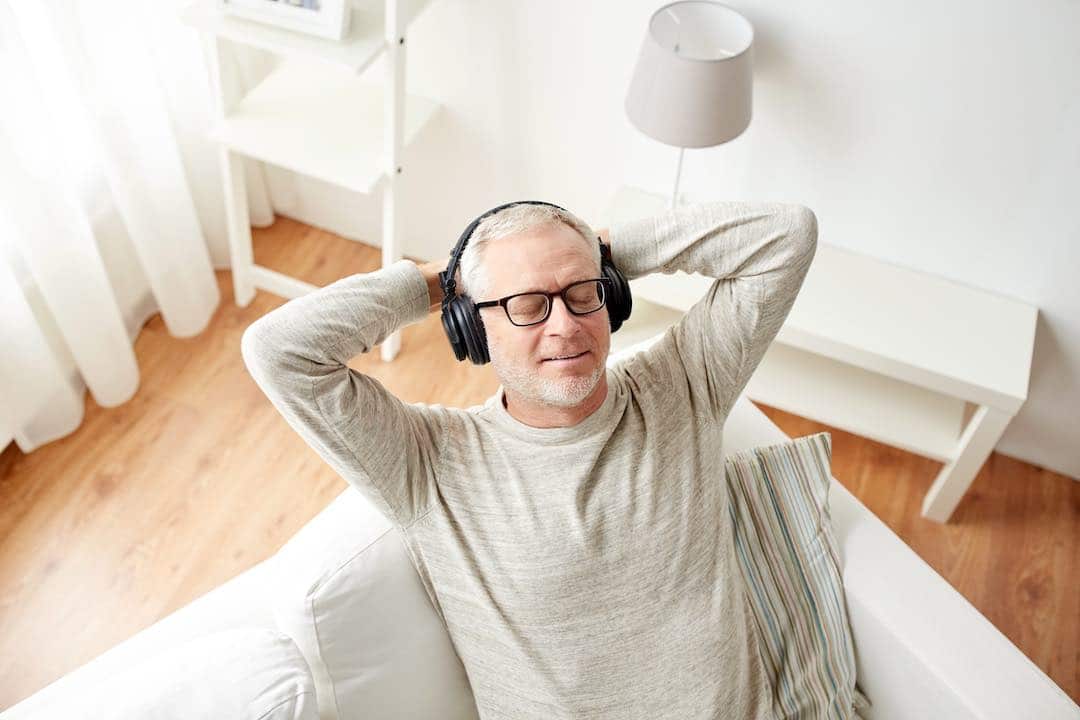
Doctors are now prescribing music to treat a wide variety of illnesses and conditions, as they might a pill or patch. Music is now being used as a therapeutic tool for:
- Hypertension – by listening to certain music with a repetitive rhythm for at least ten seconds, patients have experienced a decrease in blood pressure as well as a reduced heart rate.
- Stress and Depression – by listening to agreeable music, the brain produces the “feel good” hormone dopamine, leading to feelings of joy and bliss. Playing music has even greater benefits in reducing stress, and can help regulate your metabolism.
- Post-Traumatic Stress Disorder (PTSD) – veterans who learned to play music have experienced relief from their symptoms.
- Insomnia – called “music-assisted relaxation,” listening to music before and during sleep can aid people with chronic sleep disorders.
- Sleep Apnea – the British Medical Journal published a study showing how people with sleep apnea could find relief from their condition by practicing the didgeridoo (an Australian wind-instrument). By strengthening the muscles of the throat and tongue, patients had significant increases in the quality of sleep, and decreases in daytime tiredness.
- Alzheimer’s Disease – as already mentioned, music therapy can work wonders on patients with Alzheimer’s. Music improves mood, manages stress, simulates cognition, and helps patients with motor movements as well.
New research into the healing power of music is ongoing. Music can make us feel more connected, and no longer isolated in our own small worlds. Plus, it is now a scientifically validated intervention for multiple physical and mental conditions. So, what are you waiting for? Sing! Dance! Play! Or just listen. The benefits are awesome, and there are literally no side effects.

Carolyn is a lifelong learner, musician, author, world traveler, truth enthusiast, life optimizer, and all around bon vivant. Working for 32 years at the Southern California Gas Company, she retired early at 55 to pursue projects that brought her joy and personal fulfillment. She is a freelance author, a contract instructional designer, and has published two books while currently working on a third. She writes articles and blog posts on topics from politics to weight loss. She is a patron of the arts, and finds great joy in playing an instrument, singing, and/or listening to music every single day.
The post The Healing Power of Music appeared first on Thrive After 50.
]]>The post The Best Vitamins and Minerals for Everyone Over 50 appeared first on Thrive After 50.
]]>You may be familiar with the advice that doctors and nutritionists will give – that it’s best to get the vitamins and minerals you need from the food you eat. And, that’s quite true.
However, for certain populations, including baby boomers, relying solely on food to get sufficient nutrients can be a challenge. We know that multiple systems are impacted as we age. This makes it difficult to tolerate or digest a variety of foods. Active lifestyles make it difficult to find foods on-the-go that have the nutrients we need to function at our best. What to do?
Thank goodness for supplements. But there are so many options, so many claims. Vitamins, minerals, supplements, dietary this, multivitamin that – what does it all mean?
A Vitamin By Any Other Name
- Vitamins are essential nutrients that the body needs. There are approximately 13 “official” vitamins which come from plants and animals. Like widely recognized Vitamin A or C. Vitamins can be taken individually, especially if there is a deficiency. A multivitamin includes many or all of the vitamins available.
- Minerals are nutrients that are absorbed by plants or animals from soil and water. Think types of minerals like calcium or iron
- Dietary supplements – just to cloud the issue, the category “dietary supplements” may be called vitamin supplements or mineral supplements, or contain additional nutrients like greens, amino acids, fiber or other components designed to supplement one’s diet
Made By Nature?

There are a few things that are important to understand in order to ensure you’re choosing the right product for you and your specific needs.
The first thing to keep in mind is that these products are not all created equal. There are “natural” vitamins which contain naturally occurring components and “synthetic” vitamins that are made in a lab. Synthetic also means that unnecessary ingredients or fillers may be added that stretch the contents in order to increase the profit to the manufacturer. This may include dyes, excess sugar, or worse. Add to these concerns the possibility of products made overseas with different standards or oversight and this isn’t a difficult test – which would you rather put in your body?
Cost vs. Value
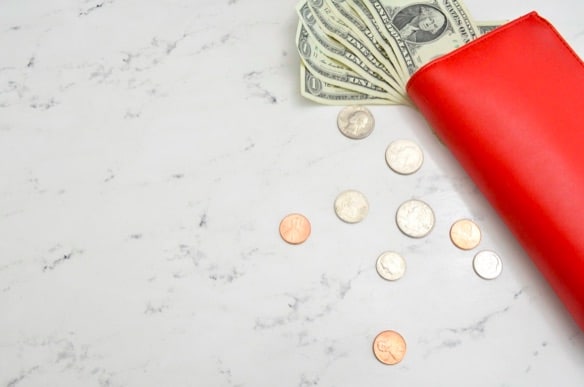
The second thing to understand relates to the absorption rate or “bioavailability”. Did you know that absorption of pills or tablets can be as low as 30%? The body can only do so much to break down substances to be absorbed into the bloodstream before they are on the track to elimination from the body.
In addition to the body’s own process, absorption and effectiveness will be impacted by medications, other supplements, illnesses or interactions with certain foods.
Surprised? Many people aren’t aware how little of a supplement is retained. The best way to improve the odds is drink your vitamins to increase bioavailability (the absorption rate). A powder mixed with water is almost immediately bioavailable.
Supplements Are Good For You, Right?
- Supplements are designed to provide essential nutrients that your body may not be getting enough of. But too much of some vitamins or minerals can be toxic or have negative impacts
- The FDA (Federal Drug Administration) doesn’t regulate supplements. So it’s important to buy trusted brands and to check the label so you know what you’re getting
- Checking with your doctor is a good idea to determine what your body needs and what you should avoid
- Be sure you know what else your supplement contains. The benefits you might get from a good supplement could be offset by excessive sweeteners or unnecessary flavorings
So, it’s important to do your homework and know what you need as well as what you’re putting in your body in order to maximize the benefits.
But How Do I Determine The Best Vitamins, Minerals, Or Supplements For Seniors?

A rising star in the supplement world, especially for seniors are gummys. Hey, who doesn’t love a chewy, sweet gummy bear? Seniors are increasingly using gummy vitamins for that very reason – they’re easier, tastier and more fun than pills. That’s a great alternative if you already take a lot of pills or can’t swallow them. However, consider what makes them sweet and fun to take – everything we’ve mentioned above.
Perhaps surprisingly, rigorous testing by Consumer Reports found that some of the best multivitamins for women over 50 as well as the best multivitamins for men over 50 are actually store brands. These generic supplements delivered results comparable with national brands. At a lower price!
- Costco’s Kirkland brand for the over 50 crowd was top-rated by consumers in the discount/warehouse category
- Target’s Up And Up Adults 50+ Multivitamin is highly rated in the mass market grouping and compares itself to Centrum Silver
- Even drugstores and low-cost leaders received high marks for affordability without sacrificing quality
- Walmart’s Equate Complete Multivitamin Tablets, Adults 50+
- Even Dollar General’s (yes, Dollar General!) DG Health Adult Formula Complete 50+ Multivitamins made the list
- RiteAid’s Central-Vite Women’s or Men’s Mature
- CVS Pharmacy Health Multivitamin & Multimineral Tablets
To make sure you have all of the information you need to make the right choice about supplements, check out these websites:
- WebMD is a trusted source for a wide variety of medical questions
- Consumer Reports has been the go-to expert for many years for to evaluate everything from cars to multivitamins!
- ConsumerLab performs independent testing on health and nutritional products
- There are so many things to consider when deciding to use products relating to your health and trying to decide which ones are the best for you. But, it’s critical to understand all of the ramifications to protect yourself from unwanted effects and to get the best value for your hard-earned dollars.
The Irish toast Sláinte covers it – to your health!

I’m a “reformed” corporate HR/business professional/adjunct professor, now happily transitioned into a freelance writing lifestyle as a second act. My joys include family and active grandparenthood, love of the outdoors, and travel adventures. I write/edit a wide variety of business and lifestyle articles, case studies and thought leadership guides. I’m only partway through the new chapters of my life so I’m working on blogging and writing several ebooks for my next projects. I try to live life by my motto – “I’ll get older but never old!”
The post The Best Vitamins and Minerals for Everyone Over 50 appeared first on Thrive After 50.
]]>The post Sexy, Single and Over 50: Finding Self Love appeared first on Thrive After 50.
]]>You’re a single female, over 50, and still have the urge for romance and passion. Your hormones often remind you of how human and desirous you still want to be. You feel sexy, yet the cards just haven’t dealt you a man of your dreams. Self-doubt begins to creep in: Am I too old? Is there a man out there for me? Am I still attractive? You begin to ponder: What can I do with these feelings that still arouse me? Should I just resist them? Are my best days over?
Listen up, girlfriend. Your sexual life doesn’t have to be put on the shelf just because you’re single and over 50. Start with some healthy self-love, in every sense of the word… and let your inner light shine. You were perfect and complete before he came into your life, and you’re perfect and complete now!
My Past
I was 44 when my marriage ended. He was (is) a great guy, just not the right one for me, and although I still occasionally beat myself up with “what if?” questions, each time, I recognize that the divorce was ultimately the best thing for both of us.
At 44, I was in my prime. I was a competitive athlete, mother of pre-teens, confident, mostly happy, full of life. And although we’d been together for 24 years, I just couldn’t deal with the thought of another quarter century with someone I felt so distant from.
I had no idea how I was going to find love again after the divorce. I had literally never dated! But before I even got out on the scene, I fell into a relationship with a coworker. We both knew it was doomed from the start but we ended up lasting almost 10 years. This one truly awakened me sexually – I finally got to know the meaning of “earthshaking” passion, and when that ended, I had to wonder, would it ever be that good again?
So I hit the internet dating scene. Where else, I reasoned, does an introvert actively find love?
The “Wrong” Side Of 50?
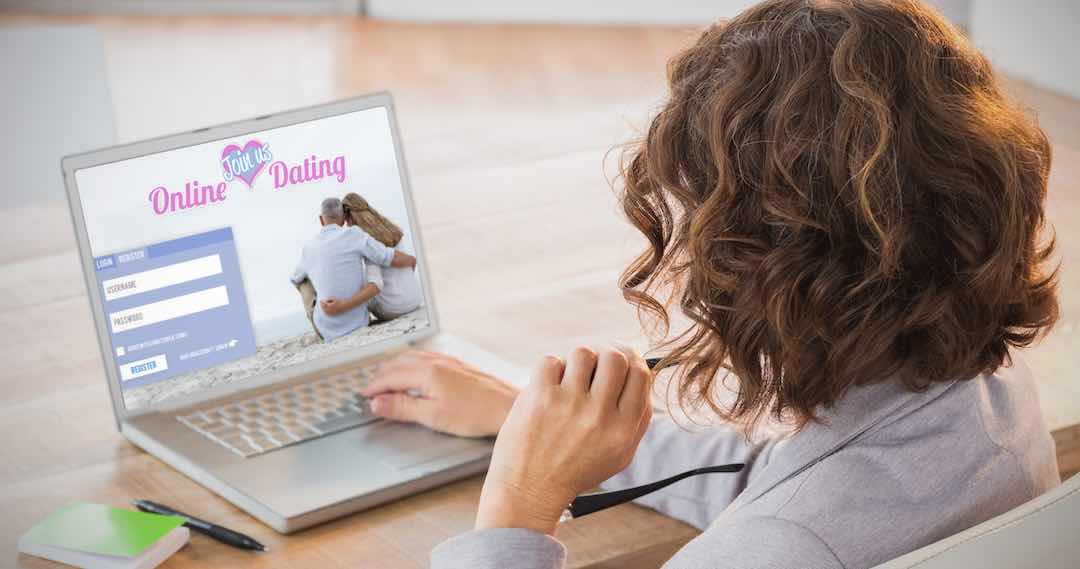 Honestly, I was starting to get a little scared of ending up alone. I was on the “wrong” side of 50 to be dating – I thought – and I figured the odds weren’t stacked in my favor.
Honestly, I was starting to get a little scared of ending up alone. I was on the “wrong” side of 50 to be dating – I thought – and I figured the odds weren’t stacked in my favor.
Our society doesn’t exactly make 50-something women feel like we’re still “hot”! The overriding emphasis is on “looking younger,” isn’t it? All those wrinkle creams, hair dyes, botox, laser peels, plastic surgery, makeup and push-up bras only exist because our culture is obsessed with youth! And for mature women, that just leads to a whole lot of frustration, dissatisfaction, diminishing confidence, and in many cases, a self-fulfilling prophecy of being “too old to be a sexual woman anymore.”
So here I was, trying Internet dating for the first time.
Tinder, Bumble, Our Time, Match, Fitness Singles, OK Cupid, Plenty of Fish…
Eye roll…
What IS it with men my age, I wondered? Geez, most have let themselves go. Or they’re complete horn-dogs just out to get their rocks off. The rest? They put it right on their profile: they want younger chicks. 55-year old looking for a 30-year old. Classic, right?
After a bunch of dismal first dates and almost getting sucked in to one of those dating scams, I called it quits with dating and got busy with my career. I needed a break.
And Along Comes…
 Enter “the roommate.”
Enter “the roommate.”
I rented a room to a friend of a friend, a much younger man (19-½ years younger!) and, well, things happened, we clicked, crossed the line, and we had a lot of fun for a couple of months.
Now, I had to laugh. Here I was, with a much younger guy!
I never thought that would happen, but it did. Isn’t life funny, sometimes? This revitalized me, to say the least! I gained a bit of an understanding of the attraction for youth.
Tragically, he was killed in an auto accident and I was alone again.
By now I was 55 and I had lost three great loves. Each loss had taken its toll and I was really starting to feel my age. A part of me started wondering in earnest if the saying was true and all the “good” guys of my vintage were truly taken. Or gay.
I had a good long talk with myself about dating and sex. Is it ME? Is it impossible to find a man who appreciates me for who I am, regardless of my calendar age? And is it even necessary to get into the dating game, or will we find each other in some random manner, like before? A couple of girlfriends insisted that I “put myself out there” but what does that even mean? For an introvert like me, that’s a terrifying and off-putting idea. And besides… what’s wrong with being single? Why is it that people assume that just because you’re not hitched, you’re miserable and lonely?
Don’t get me wrong, there are times I wish I had a partner to share life’s “things” with and I’m totally open to that again… but I’m at a place where I’ve decided to skip the meat market of dating apps and simply live my life: do what I love, with friends and family… and most of all, enjoy NOW, instead of making myself miserable with the delusion of thinking, “I’ll be happy when (if?) I meet a great guy.”
Nope. Life has to be lived now, because there are no guarantees of a tomorrow.
Moving On
Like my three loves, each of whom I found by chance and not through dating, I am confident another great love will come into my life. And if not, then life goes on, with a different twist. My focus these days is on ME and what I want out of life.
So in this new normal, what about sexuality? My 10 years of mind-blowing sex have yet to be matched so meantime…
Being sexual is a need for humans. Withdrawing from that need has physical, emotional, and psychological ramifications.
So here you are. Here I am. 50+ women who have lost a lover, have a need to be loved, want to give love, and want a sexual relationship. How do we take care of our sexual needs?
The mere notion that women over 50 can – and should – have sex, seems to be an uncomfortable subject for many.
Well, to put it in the most ladylike way I can… FUCK that.
Sex is a normal and wonderful part of being a woman and just because a woman reaches “a certain age” doesn’t mean the desire isn’t there, it doesn’t mean she should put away the lingerie and forget about her desires. It certainly doesn’t mean she should stop thinking of herself as a sexual being. Or talking about sex.
Our society has unfortunately sexualized young women and completely thrown mature women under the bus as dried up old crones. Sure, we have “personality” but God forbid we should express any hint of sexual desire. It’s up to us to push that bus off and rekindle our sexuality.
Self Care
 For any woman without a sexual partner, there are two choices: withdraw and be nonsexual; or, turn to self-satisfaction.
For any woman without a sexual partner, there are two choices: withdraw and be nonsexual; or, turn to self-satisfaction.
Personally, option A is about as appealing to me as spending my days doing taxes and getting my teeth drilled. And so, I’ve learned the fine art of self-satisfaction. I experience pleasure when I want it, when I need it. When I’m in the mood. It makes me happy, helps me focus (yes, we ladies can become just as obsessed with sex as the guys), and it makes me think, “I’ve still got it.” The oxytocin and dopamine released during orgasm sure help adjust my attitude!
I sometimes wonder… does self-satisfaction better the odds of having another “Mr. Right” come along in life? I believe it does.
Here’s why.
Knowing that I can still push my own buttons so to speak, means that someone else can, too. I’ve still got it, and I still want to give it, and that’s a vibe that gets noticed. It’s not about going around flaunting my sexuality, it’s about being confident in my sexuality, and confident in who I am. Confidence is sexy!
I’ve discovered that taking extra good care of myself after a great loss is vital.
It’s not about making myself attractive for someone else, it’s about making myself awesome for me. It’s about feeling my best and looking my best… so that I can enjoy my life now, not as “bait” for another relationship. I’m working on myself, letting my inner light shine, doing things my way and being arms-wide-open to whatever comes.
If the extent of my sexual life right now is an occasional fling interspersed with many months of self-satisfaction… okay! I’m not going to shut off the sexual part of me just because I’m not “with” someone.
Finding Answers
My post-divorce lover and I used to joke that most people are miserable because they’re not having great sex. There’s a grain of truth to that! Something happens when you shut down from sex, as I did for a time after each of my big losses. It’s almost as if you shut yourself down from vitality, and push away your need for sensual pleasures (ALL of them, not just sexual). Sex is just one way we get to experience and enjoy life with our senses, and when we give up sex, life just doesn’t have the same electric vibe. When you lose the hunger for sex, in my experience anyway, you lose the hunger for life.
So what do you do, if you find yourself suddenly single but you feel too old, too unattractive, or too scared to put yourself out there?
Start with becoming friends with your sexuality. Be okay with the fact that you still want sex! Get some toys. Have fun. Become confident in your ability to take care of your needs in every way. Nourish your mind, body and soul with great food, plenty of exercise, enough sleep and sexual pleasure. When you feel good, you look good – your inner light shines – and that kind of inner light is sexy!
When it comes to toys, it’s a huge, huge market with zillions of options. Start with the basics and have some good old fashioned fun!
Amazon best-sellers include:
A wearable vibrator (intriguing, isn’t it, and just a little naughty), a vibrator with bunny ears for extra stimulation, and even a travel-sized vaginal stimulator that’ll put a smile on your face wherever you are.
You’ll need lube, too, as unfortunately, dryness is often an issue among post-menopausal women. Shibari Personal Lubricant is an Amazon bestseller that people love for its silky feel.
Remember girlfriend…your best days don’t need to be behind you! Give yourself a healthy dose of self-love, recognize how perfect and complete you are right here-and-now, and let that inner light shine on!!
I’m a self-professed madman, adventurer, photographer, certified High-Performance Coach, martial artist, and licensed physical trainer specializing in senior fitness. My passion is to continue growing and developing into my own unique, gifted, and joyful authenticity, while committing myself towards doing my own special part to help change the world. My mission is to help others find their own direction and purpose in life, by means of mentoring, teaching, and empowering.
The post Sexy, Single and Over 50: Finding Self Love appeared first on Thrive After 50.
]]>The post Float Therapy: The Ultimate Stress Reliever appeared first on Thrive After 50.
]]>Float therapy, viewed by many as the ultimate stress reliever, is a highly effective way to establish a very deep meditative state of mind. By giving yourself this gift of absolute stillness on a regular basis, you’ll greatly increase your ability to feel less stressed, distracted, or disturbed, and more capable of dealing with and managing life’s limitless minutia.
Physically, mentally, emotionally and spiritually, floating (at one time called sensory deprivation tanks) is a multi-purpose therapeutic modality with the potential to be the most rewarding time-out ever. This version of retreating from the world is increasingly precious in an era where so much of what we experience in our daily lives is socially engineered to capture our attention.
WHAT IS FLOATING?
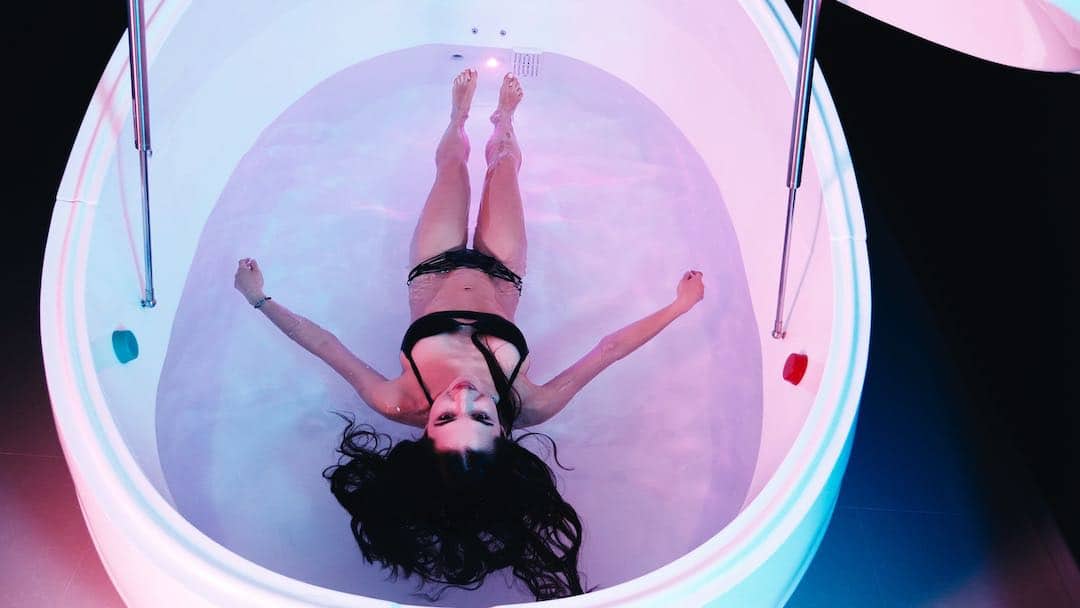
Imagine your own private spa, about 8 feet long and 4 feet wide, with about 10 inches of water and 1000 pounds of Epsom salt to make you completely buoyant. This reduction in gravity is what makes it so easy to feel like you’re merging into everything, limitless, and free of boundaries. The water and air temperature are close to your body temperature, about 93 degrees. So you’ll feel perfectly comfortable and totally nurtured, almost like you’re being held.
The tank that you step into has a hood and walls, so there’s no light or sounds. (You can choose to leave a light on if you prefer.) You’ll only hear your own heartbeat and breathing. At first, this new experience may seem uncomfortable, even intimidating. But breathing through the little layers of anxiousness that are bound to surface will pay off exponentially.
For many, it takes about 20 minutes to calm the mind and embrace the experience, as you begin to eventually release yourself into the warm and totally safe waters. For some, it may take a few sessions to fully relax into it.
WHY FLOAT?

One of the greatest challenges to meditation or even simply sitting still for any significant amount of time is the need to get up and do something: something productive, interesting or entertaining. The need to be ceaselessly stimulated, whether by radio, television or our cell phones, has become an addiction in itself.
Technology has had the effect upon us similar to living in an arcade or a Vegas casino. The constant stimulation means our brains never get to relax––always on high alert–– reacting to this and responding to that. Over time, this constant stimulation begins to deplete our bodies, minds and spirit.
For many, there just isn’t any energy left at the end of the day for creative pursuits or even a stimulating conversation with a loved one. This constant barrage of stimulation encourages us to just “check-out” at the end of a long day. As a result, we choose to zone out in ways that make us increasingly unavailable to ourselves and to our loved ones. Too much of this can lead us towards an unfulfilled and distracted life.
Thanks to these unprecedented levels of constant stress, it’s often difficult to sleep through the night. Our minds don’t truly rest even while sleeping. One of the reasons floating is such a highly effective therapy is that our bodies and our brains get to rest deeply.
When any part of our body gets to rejuvenate itself, it performs better when needed, right? Doesn’t it make sense then, that if we allow this key component of our mental acuity a chance to deeply replenish itself we’ll be better prepared when life does get tougher?
FLOAT THERAPY BENEFITS
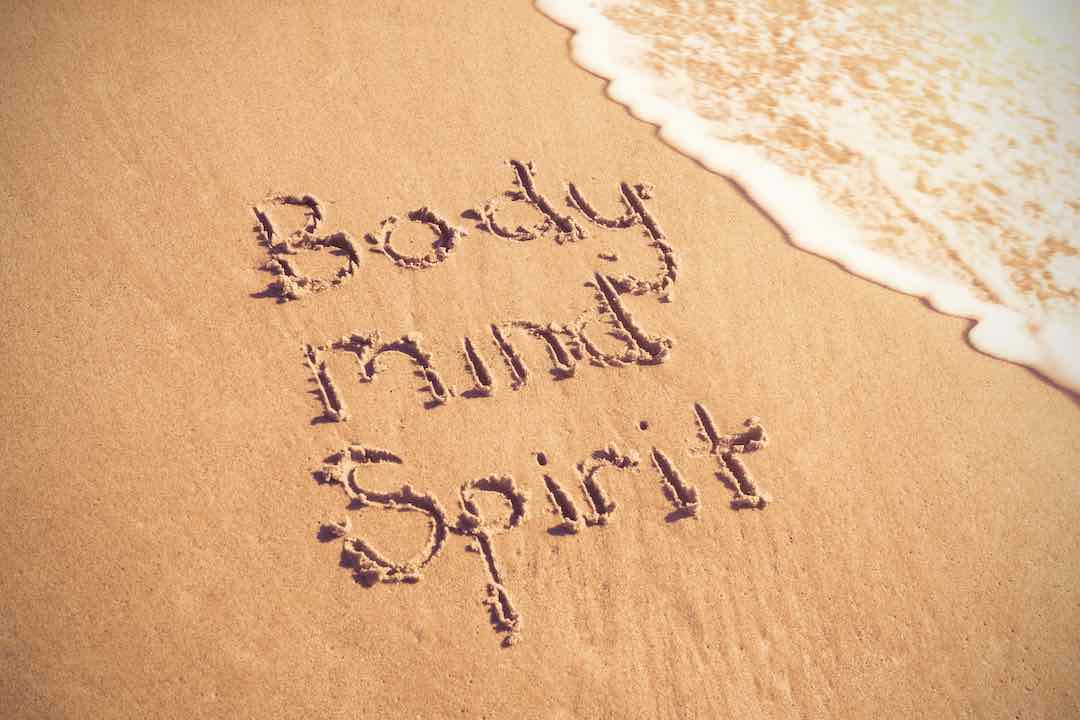
As human beings, our physical, emotional, mental and spiritual bodies are intrinsically linked; heal one area and the other areas benefit too.
Physical
Floating is an excellent tool for recovery that helps muscles repair more efficiently by promoting vasodilation. Vasodilation creates better blood flow to the limbs, organs and brain. This increased circulation helps soft tissue injuries heal faster making it a very effective form of therapy for athletes.
Floating is incredibly effective for stress-related pain because reducing anxiety helps muscles relax and relaxed muscles result in better circulation. Numerous science-backed studies demonstrate immediate and cumulative benefits of floating for patients with Fibromyalgia. Other studies indicate enhanced athletic performance.
Even those who suffer from chronic back pain due to degenerative disc disease and herniated disks have expressed relief, thanks to regular floating sessions.
Mental/Emotional
Is chronic worrying depleting your bandwidth? If so, floating is a proven way to reduce the risk of hypertension and anxiety. And because it’s such a powerful form of stress relief, it also has the benefit of enhancing creativity. The bottom line is this: floating might be the most effective stress and anxiety treatment available with the fewest side effects.
Ever notice that when you’re especially exhausted, you tend to be more reactive than responsive? In his book, Emotional Intelligence: Why It Can Matter More Than IQ, author Daniel Goleman coined the term, “amygdala hijack” which is an inappropriately strong, overwhelming emotional response to something that triggers you. The amygdala is located in that area of the brain that’s in charge of processing emotions, memory, motivation and survival instincts, as in the fight or flight response. Floating helps the amygdala rest.
Spiritual
Because floating feels amazingly good, this natural high is addicting in an empowering way. It has a “ripple effect” into other areas of life that adds to one’s general peace of mind.
Peaceful, easy feelings can be cultivated so that they become the norm rather than an exception. By expanding your awareness of self you’ve also begun to master your mind. With mental mastery and self-awareness, emotional healing can be easier, because an expanded sense of self naturally leads to greater confidence. Feeling authentically empowered is priceless.
How are we to solve today’s problems? Not with the same mindset that created them, according to Albert Einstein. He believed that we must allow ourselves the simple luxury of doing nothing––time to just “think”–– allowing us to change our inner world.
There are hundreds of anecdotes about creative geniuses who tuned into an idea that changed the course of humanity, all while they were in a deeply relaxed state. The heightened creativity that results from floating can be empowering.
WHO SHOULDN’T FLOAT?
In spite of the many healing benefits of floating there are some who should avoid it:
-
- Persons with kidney disease
- Diabetic and insulin-dependent individuals
- Those with communicable diseases or open or healing skin wounds
- People with high or low blood pressure
- Anyone taking seizure medication.
- It’s also possible the detoxifying effects of floating could negate the effectiveness of chemotherapy.
If you have any doubts about the contraindications, float therapy centers will have a more complete list.
OTHER FLOAT THERAPY QUESTIONS ANSWERED:

Are float tanks sanitary?
The salinity levels in a float tank are inhospitable to bacteria, including microbes and other pathogens. Some centers also use Ozone and UV (ultraviolet) treatments to purify the water. Hydrogen peroxide is another sanitization method.
Will I fall asleep while floating?
While it’s possible to fall asleep, most people remain in a state of deep relaxation, remaining clear-headed and self-aware. It is similar to the state you feel yourself in between sleep and wakefulness.
What does it cost to float?
As with most services, the cost will vary depending upon your location. But you can expect to pay around $50 to $75 for a one-hour session (check out Groupon). If one hour seems like a long time, know that most people are surprised how quickly the time passes. If you find the experience uncomfortable, you can choose to get out whenever you want.
Can I purchase a tank for home use?
Should you become pleasantly addicted to float therapy, you can actually purchase one for your home. Prices range from $10,000 to $28,000. If you live in an area that experiences long, cold winters, the luxury of this deeply healing experience may be well worth the investment. Since floating enhances creativity, you can imagine you’re floating in Fiji, Tahiti or the Caribbean.
Do you wear a bathing suit?
It’s best not to wear a bathing suit because the extra sensation detracts from the overall experience. The room is completely private so a bathing suit isn’t necessary.
Is it okay to eat before floating?
While it’s perfectly okay to float after eating, you’ll likely be distracted by the sounds and sensations going on in your belly. So in order to maximize the benefits by minimizing distractions, you may want to eat an hour or two before your session.
What can I expect to feel like after floating?
After enjoying this profound state of relaxation, you may feel overly sensitive to light, sound and other people for a little while after the experience. So you may not want to run to Costco right after. Be gentle with yourself. Make the most of your heightened sense of awareness by going slowly, breathing deeply and allowing yourself to enjoy life’s simple pleasures.
What else should I know?
Float tanks will strip away spray tans and bronzing lotions. Someone who’s recently colored their hair should avoid floating for about a week. Additionally, anyone who’s received a new tattoo or piercing should not float for 3-4 weeks.
It may seem counterintuitive or just plain illogical that doing absolutely nothing can do so much for one’s well-being. From a stronger immune system to pain and stress relief, heightened creativity and enhanced athletic performance, float therapy is emerging as one of the most effective ways to take charge of your health and happiness.
I’m a self-professed madman, adventurer, photographer, certified High-Performance Coach, martial artist, and licensed physical trainer specializing in senior fitness. My passion is to continue growing and developing into my own unique, gifted, and joyful authenticity, while committing myself towards doing my own special part to help change the world. My mission is to help others find their own direction and purpose in life, by means of mentoring, teaching, and empowering.
The post Float Therapy: The Ultimate Stress Reliever appeared first on Thrive After 50.
]]>The post Everyone Is Trying CBD – Should You? appeared first on Thrive After 50.
]]>Furthermore, there are actually universities offering cannabis study programs and recruiting companies looking for prospective candidates with a background in cultivating cannabis. If you don’t know of at least 1 person who has tried it, or is currently touting the benefits of it, you will. But the question remains…since everyone seems to be on the CBD oil bandwagon, is this something you should consider for yourself? Is it safe? Does it do what it proposes to do for your health?
This article will take a look at these issues and hopefully create a clearer picture so that you can make your own informed decision.
Making Sense Of It All
CBD, THC, cannabis, hemp, medical marijuana – what is this alphabet soup all about? Let’s begin by taking a look at some of the terminology used.
Cannabis has a long history of being misunderstood. Varieties of the cannabis plant include both hemp and marijuana and each contains CBD (Cannabidiol). While they share some things in common, they have definite differences. Hemp is a taller plant with thinner leaves while marijuana is shorter and denser with the recognizable pointy leaves. More important to understand is how they’re used, and which is legal. Check out the following article for more information – Hemp vs. Marijuana: The Difference Explained
Marijuana for medicinal or recreational use is not legal at the federal level but more and more states are legalizing it at the state level for one or both uses. It contains high levels of THC (15% to as much as 40%), the psychoactive component in cannabis that makes you “high”.
Medical marijuana is grown under strict laboratory conditions; the psychoactive component has shown to alleviate symptoms of some diseases. It can only be obtained with a doctor’s prescription.
Hemp is one of the oldest domesticated crops on earth. It is alleged to have approximately 25,000 uses including in skin products, clothing and dietary supplements.
Hemp has a negligible amount of THC (.03%) so there’s no chance of the side effect of getting high – sorry! But it has a high amount of (non-psychoactive) CBD content. The CBD basically counteracts the amount of THC and renders it harmless or incapable of producing a high.
Hemp and marijuana were both classified as drugs during the “War on Drugs” in the ‘70s when the Drug Enforcement Agency was created. In 2018, the government passed the so-called “Farm Bill” which legalized the cultivation of hemp.
How Does CBD Work?
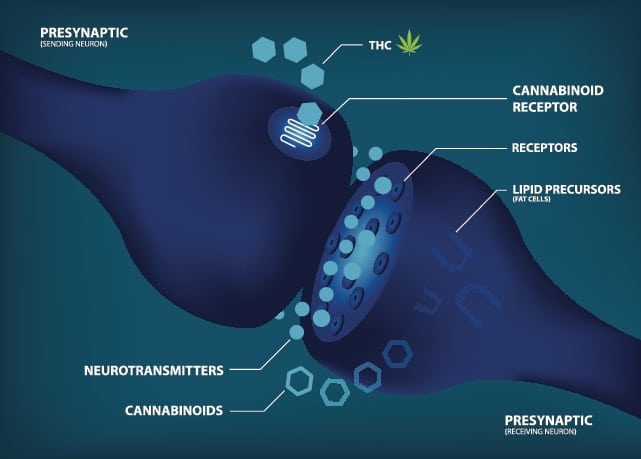
Our bodies have an endocannabinoid system (who knew?). Its receptors interact with cannabinoids (like CBD) to produce a state of homeostasis (balance). This, in turn, reduces pain and inflammation.
Sounds good – right?
Given its parentage, history and formerly almost exclusive use by young people, it’s surprising (but also, not) that anything even remotely associated with marijuana would be attractive to the over 50 population. Interestingly, there are written accounts of the use of cannabis to relieve a variety of ailments dating back 2,000 years in China.
It may also surprise you to learn that the use of CBD products by boomers is rising at a rapid rate. The increase in use by boomers has a lot to do with the physical challenges this group faces. Where traditional medical options have proved too expensive, have marginally addressed health issues, or whose side effects are too debilitating, boomers, in particular, have explored less main-stream alternatives. The ground-swell of support encompasses a wide variety of conditions with generally enthusiastic endorsements of the benefits of CBD. Supporters claim great improvement in symptoms for a variety of medical issues.
If you have trouble sleeping, suffer from joint or muscle pain, experience anxiety or just want to have some mellow in your life, CBD oil might be worth trying.
Is it legal? Is there clinical proof to substantiate the alleged benefits? Are there any side effects to CBD use? In addition to the pros, there are definite cons that you must understand in order to make the right decision.
Is CBD Legal?
Mostly. Sort of. CBD is sold online, in gas stations and in specialty stores to mention a few types of outlets. As we’ve seen, cannabis is illegal at the federal level but legal in some states. Due to the increasing popularity and support for legalization across the board, and the opioid crisis, the Drug Enforcement Agency has not made enforcing applicable laws a priority. Hemp-derived CBD is more likely to pass muster in most locations than marijuana-based CBD. However, your state’s lawmakers may act to ban them or prohibit the sale or use. It’s a moving target but check out this article to get the most updated information – Is CBD Legal? The Legal Status of CBD in 2019
Exercise caution where you obtain your information about legality as well as the benefits of CBD. A few companies have been investigated for unsubstantiated claims about the benefits of CBD and it’s doubtful that will be the end of it.
What Can CBD Be Used For?
That depends on who you ask. Some consumers and cannabis-focused organizations are staunch believers and defenders of CBD for a wide variety of problems. The over-50 group especially favors it for inflammation/joint pain, relaxation, relief from anxiety, and sleep issues, among others.
Some users swear by it for highly excitable dogs. However, the American Veterinary Medical Association doesn’t endorse it for use in pets and warns that it is illegal to do so.
We’re all familiar with medical marijuana being prescribed (in states where it’s legal to do so) to help cancer patients with the side effects of chemo and related therapies but even that is in dispute with medical professionals. There are some claims that CBD may alleviate the side effects as well. And there may be individuals who are experiencing those benefits. But it’s unknown how that works as well because it is the THC in marijuana (lacking in CBD) that seems to provide symptom relief.
When all is said and done, more research and validated, controlled studies are needed to substantiate these claims, so, buyer, beware.
Despite the significant exposure and popularity, so far there is only one use that has growing acceptance by medical professionals – seizures that occur as a result of a form of epilepsy.
How Do You Use CBD?
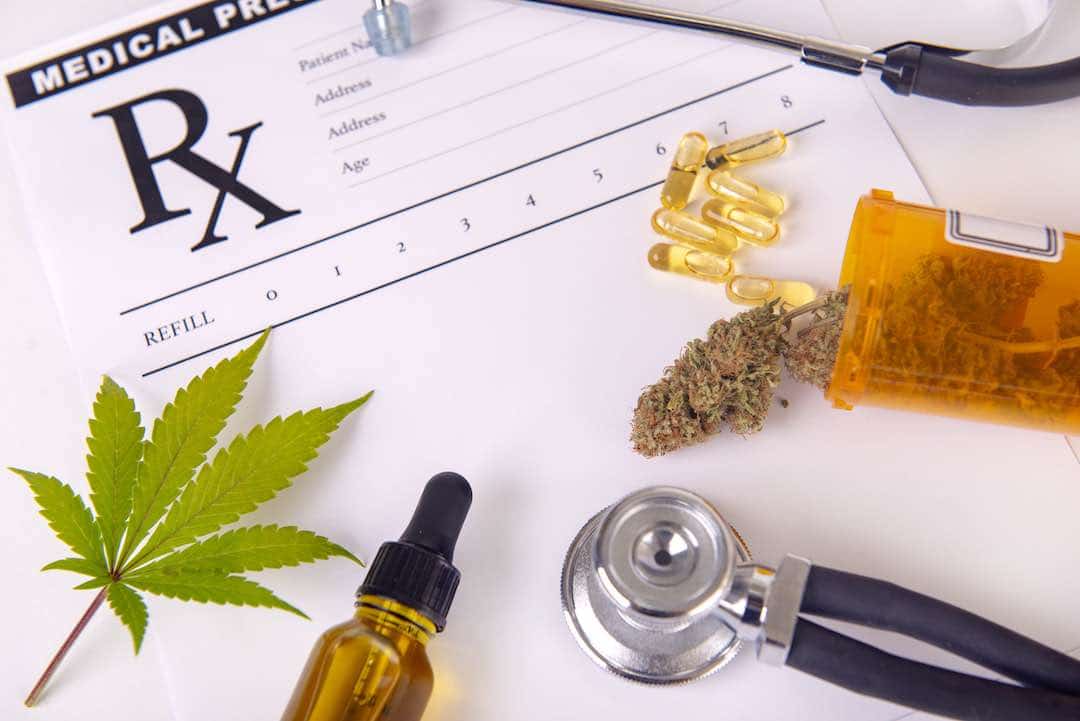
There are numerous ways to use CBD – oil, smoked, salve, drops, pills, teas, cream, even, get this – gummies. How it’s used depends in large part on what you’re using it for. Joint pain? – a salve or cream used topically or ingested. Difficulty sleeping? – smoked, oil, drops, tea.
Sounds perfect, right? Well – that depends on where you get your information. You won’t find it difficult to find all kinds of declarations about the benefits of CBD. But we all know the old adage, “if it sounds too good to be true…..”. Organizations and companies devoted to the promotion of cannabis generally believe it to be superior to other types of drugs that have significant side effects and are potentially addictive. However, the medical mainstream urges caution for a variety of reasons.
There is basically anecdotal evidence that CBD is effective for a lot of things. (But) there is not too much in terms of peer-reviewed published research.
– Bethany Gomez, director of research for the Brightfield Group, a market research firm focused on the cannabis industry.
Things To Consider
Side effects – Experts caution that there can be side effects despite CBD being non-psychoactive. One study identified sleepiness (presumably at inopportune times as opposed to at bedtime!), fatigue, reduced appetite, weight gain and diarrhea.
Benefits – while there seems to be anecdotal information that CBD can help to alleviate chronic pain or nausea associated with chemo treatments, clinical research is still in its infancy and experts caution that benefits are modest to moderate.
Uncertainty as to how or why it works medically – Researchers at the National Institutes of Health cautiously state that it seems to have some anti-inflammatory benefits, but no one seems to know why or how it works for other medical issues.
Lack of uniformity or regulation – Very concerning is that, due to the lack of oversight or regulation, presumably almost anyone can open up shop to promote and sell CBD. That means there’s little uniformity from one product to another and little information about ingredients, additives or the conditions under which it is produced.
No standard dosage – Lack of uniformity also means there is no approved dosage, so users are largely left to determine the appropriate dosage for use, trial, and error to identify what is best for them. Of course, that alone can cause unforeseen problems.
Costs for CBD – vary dramatically and can be quite expensive as everyone looks to cash in on this boom. Assume that health insurance is unlikely (at this time) to cover the cost of CBD and you’re looking at a low of approximately $50 for a tiny bottle of oil to as much as hundreds or thousands of dollars per month for regular use.
Is CBD Worth It?
- Anyone interested in trying CBD should review the applicable laws in their state and ask their medical professional for guidance and information.
- Educate yourself using reputable sources – AARP, WebMD, Aging.com are examples of organizations and websites that will provide a well-rounded view of the issue rather than a company trying to market to you that you know nothing about.
- Obtain CBD from a trusted source – it will be interesting to see Walgreen’s endorsed product for topical use.
- By all means, ask for recommendations from friends and family but understand that, since this is a new area, those endorsements are not based on scientific fact. Personal experience is subjective, and misinformation is rampant.
Lastly – stay tuned. There is definitely more to come.

I’m a “reformed” corporate HR/business professional/adjunct professor, now happily transitioned into a freelance writing lifestyle as a second act. My joys include family and active grandparenthood, love of the outdoors, and travel adventures. I write/edit a wide variety of business and lifestyle articles, case studies and thought leadership guides. I’m only partway through the new chapters of my life so I’m working on blogging and writing several ebooks for my next projects. I try to live life by my motto – “I’ll get older but never old!”
The post Everyone Is Trying CBD – Should You? appeared first on Thrive After 50.
]]>The post 8 Memory Board Games That Will Stimulate Your Memory appeared first on Thrive After 50.
]]>Just how important are board games for mental health? Rush Alzheimer’s Disease Center did a study that found that regular game playing helped the elderly retain memory function and actually reduced their chances of getting Alzheimer’s disease. In other words: just like your body, the mantra is “move it or lose it!”
With this in mind, we’ve looked high and low to find 8 top memory board games that will help stimulate your memory and revitalize those brain synapses!
1. Scrabble
Wait… Scrabble is a memory game? Yes, and it’s one of the very best! This classic crossword game not only keeps your vocabulary sharp and helps you think strategically, but it also forces you to remember… what words end with ‘om’… or how do you spell ‘accommodate’?
2. Trivial Pursuit
Today, this classic memory game has themed options, which is great news for people who aren’t sports fans and got stumped by the football and baseball references in the original. It’s amazing how the human brain retains “useless” information, isn’t it? Actually, the information isn’t useless at all if it helps you win the game!
3. Ticket to Ride
The learning curve in this fast-paced game is short, but you’ll need your memory and your strategy skills to win. The game is about collecting train cards and claiming railway routes. You’ll need to remember geography as well as hone your strategic thinking skills – and the game now comes in different editions that feature different countries and continents.
4. Chronology
The aim of Chronology is to be the first to collect 10 timeline cards. Each card contains a historical event and the year; to win, you need to sort 10 cards in the correct chronological position within your own timeline. Brush up on your historical facts and remember them when it’s game time, and you’ll excel.
5. Dixit
This is a storytelling game where each person takes turns being a storyteller. The storyteller makes up a sentence about a card in their hand; the cards are then shuffled, placed face up, and other players have to guess which card was the storyteller’s. Since many of the cards are vague, you have to dig into your memory banks to come up with good stories about the message you want to convey.
6. Telestrations
Players receive a card with a secret word. They must draw something to represent the word. Then, they pass their sketch to the next player; that player needs to guess what the drawing is, and this process goes for several rounds. Your memory will be piqued by having to use both the verbal and visual parts of your brain to come up with an accurate representation of the given word.
7. Agricola
This game simulates what it’s like to run a real farm: the challenges of getting produce to market, while feeding the family. This game requires strategy, planning, juggling various aspects of ‘farming’ and coping with adversity. As with the following game, strategy requires basing future actions on the past and remembering what worked and what did not.
8. Diplomacy
This historical-based game is about conquest. Rely on your memory for geographical and historical knowledge which will help you choose the right strategy. As in real life, alliances are made and broken, and things rarely go as planned.
Conclusion
Keeping your memory sharp is made fun by playing games. A weekly game night is a great way to be social, stay connected with friends, and also give your brain a good workout!
I’m a self-professed madman, adventurer, photographer, certified High-Performance Coach, martial artist, and licensed physical trainer specializing in senior fitness. My passion is to continue growing and developing into my own unique, gifted, and joyful authenticity, while committing myself towards doing my own special part to help change the world. My mission is to help others find their own direction and purpose in life, by means of mentoring, teaching, and empowering.
The post 8 Memory Board Games That Will Stimulate Your Memory appeared first on Thrive After 50.
]]>The post Am I Beginning To Lose My Memory? appeared first on Thrive After 50.
]]>The fact is that as we age, we tend to lose some of the ability to remember things. The good news though is that significant decline is not inevitable. Science is uncovering new information about cognitive health and aging that can potentially keep you mentally and physically spry well into those later years.
The “Low-Down”
Turns out, your brain contains receptors that are active in encoding and retaining information. As we age, these receptors are not as plentiful or as efficient. This doesn’t mean you can’t retain information, it just means that your brain has to work a little harder. They need stimulation. And when things get stimulated, they grow.
For a lot of us, it’s hard to know exactly what to do. And the worry can be paralyzing!
Meet John:
Games People Play
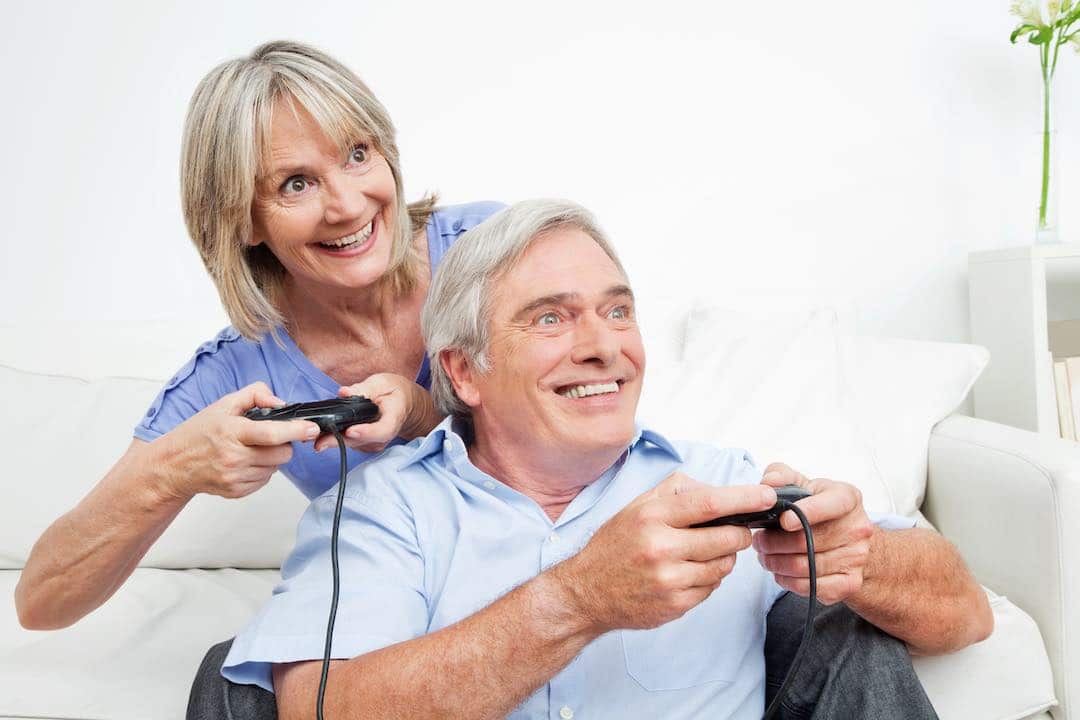
You’ve probably heard that puzzles and other brain-stimulating games can help keep you mentally sharp. They’re like mental gymnastics that help to keep your brain function flexible and strong.
Studies have shown that mentally challenging activities that require deep cognitive processing help to keep the brain functioning well. However, not all games are created equally. Games like crossword puzzles focus on logical thinking and problem-solving skills. What seems to be even more stimulating are games and activities that require learning new and complex skills.1
Online brain training games (such as Lumosity) have been shown to improve cognitive flexibility, memory, attention, speed, and problem solving.2 Even video games are getting in on the fun. Strategy-based video games have been shown to improve attention, working memory, spatial awareness, focus and more.3
But, for all the hype about games being good brain stimulation, guess what has been shown to be even MORE helpful for brain health?
Get Your Moves On
Physical activity has consistently proven to be one of the best things you can do to keep your brain sharp. Why? Physical activity is like brain food. When you stimulate your cardiovascular system, your brain is flooded with oxygen and nutrients that it needs to function well. What exercise also does is engage your brain in higher-level tasks that require attention, focus, coordination, balance and more.4
Physical exercise doesn’t have to mean hours in the gym. You can walk your dog, dance with your honey, take a class with a friend, swim, golf. It’s your call!
The important thing is to move and move often. The CDC recommends that adults should do at least 150 minutes (2 hours and 30 minutes) a week of moderate-intensity aerobic physical activity.5 That’s about 30 minutes, 5 days a week. Totally doable.
Get Your Zzzz’s
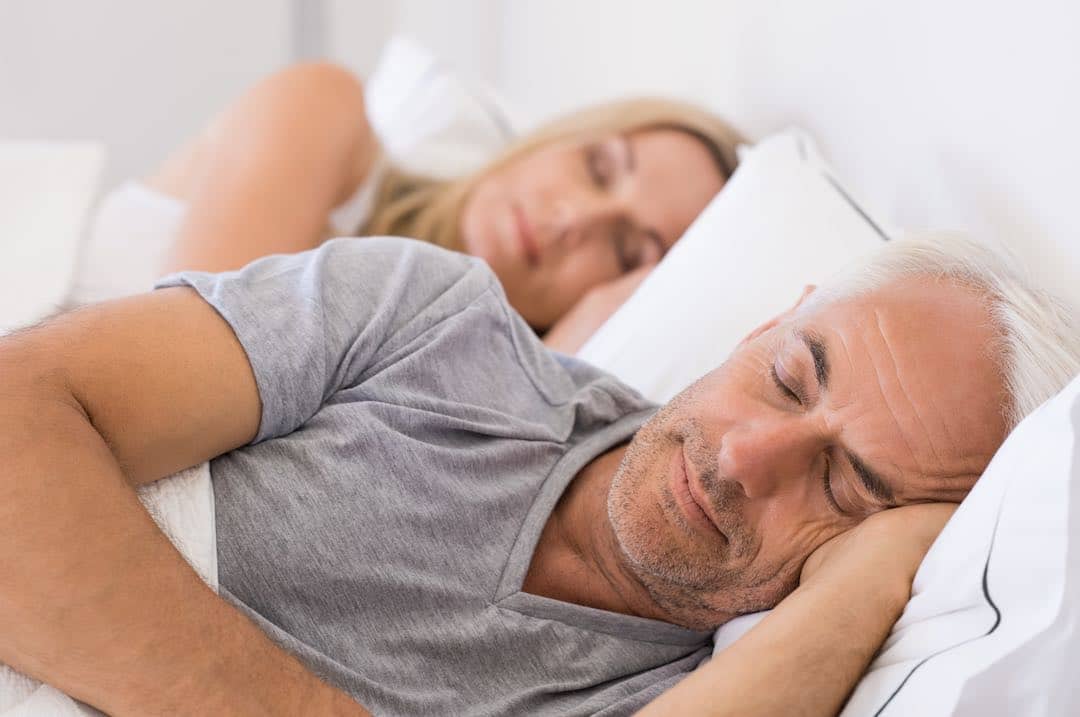
Sleep is something you might not think much about but it is becoming quite the player in brain health. Did you know that when you sleep your brain is being cleansed and memories are being stored? What’s more important is that when you sleep, toxic proteins called beta-amyloids are being washed away by the brain’s glymphatic system.6 Beta-amyloids are thought to play a key role in the development of dementia. So washing them away is a good thing!
So how much sleep do you need? While it varies from person to person, most experts recommend about 8 hours of sleep. Having trouble sleeping? That’s something to definitely work on improving through sleep hygiene or seeing your doctor for advice.
Check Your Gut
Gut health and microbiome are words you’re probably hearing more and more these days. What do they have to do with brain health? Turns out, maybe a lot more than we knew. Research has found that certain bacteria found in our gut can precipitate the development of those nasty beta-amyloids.7
So, what does this mean for you and your brain? Eat a healthy diet that includes whole foods. Limit the junk food. Believe it or not, what we eat affects our gut lining or microbiome. Feed it well.
Make the Connection
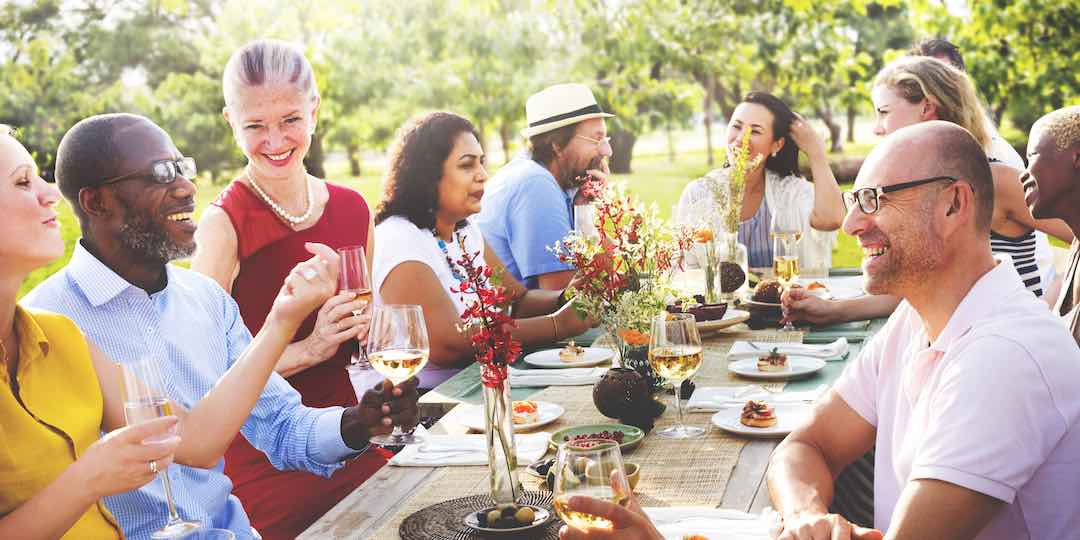
Did you know that being engaged socially is one of the most important activities for keeping your brain health? We are social beings. We need that connection to others. Having friends and doing things together makes us feel good and gives us purpose. Know what else it does?
Being socially engaged actually helps our brain rewire itself and make new connections. Based on something called neuroplasticity, the brain is able to modify its connections between brain cells and even generate new brain cells through a process known as neurogenesis. These processes are critical to cognition, memory and emotions.8
What all this means is that having an active social life can have a direct impact on your brain health. So get out there and have some fun with your friends!
There you have it: some of the best recommendations we currently have for staying mentally sharp and protecting our brain health. So, you’re probably wondering, what happened to Joe?
Still need more reasons to get serious?
The latest research in brain health has found that, above all else, a lifestyle that is balanced and well-rounded seems to be the key to staying physically and mentally strong. They found that when combined, lifestyle factors such as brain stimulation and engagement, exercise, diet, sleep and social engagement play a profound role in keeping us physically and mentally sharp.9 By themselves, these are all healthy things to do. When put together, lifestyle might just be the ultimate stimulation. So what are you waiting for?
Resources
1. Requena, C., & López, V. (2014). Measurable benefits on brain activity from the practice of educational leisure. Frontiers in aging neuroscience, 6, 40.
2. Al-Thaqib, A., Al-Sultan, F., Al-Zahrani, A., Al-Kahtani, F., Al-Regaiey, K., Iqbal, M., & Bashir, S. (2018). Brain Training Games Enhance Cognitive Function in Healthy Subjects. Medical science monitor basic research, 24, 63–69.
3. Jarvis, M. (2017, March 21). Strategy-Based Video Games May Improve Older Adults’ Brain Function. Retrieved from https://www.aaas.org/news/strategy-based-video-games-may-improve-older-adults-brain-function
4. Mandolesi, L., Polverino, A., Montuori, S., Foti, F., Ferraioli, G., Sorrentino, P., & Sorrentino, G. (2018). Effects of Physical Exercise on Cognitive Functioning and Wellbeing: Biological and Psychological Benefits. Frontiers in psychology, 9, 509.
5. CDC. (2018). Retrieved from https://health.gov/paguidelines/second-edition/pdf/Physical_Activity_Guidelines_2nd_edition.pdf#page=66
6. How Sleep Clears the Brain. (2016, March 31). Retrieved from https://www.nih.gov/news-events/nih-research-matters/how-sleep-clears-brain
7. Harach, T., Marungruang, N., Duthilleul, N., Cheatham, V., Mc Coy, K. D., Frisoni, G., Bolmont, T. (2017). Erratum: Reduction of Abeta amyloid pathology in APPPS1 transgenic mice in the absence of gut microbiota. Scientific Reports, 7, 46856.
8. Davidson, R. J., & McEwen, B. S. (2012). Social influences on neuroplasticity: stress and interventions to promote well-being. Nature Neuroscience, 15(5), 689-695.
9. Wesselman, L. M., Hooghiemstra, A. M., Schoonmade, L. J., De Wit, M. C., Van der Flier, W. M., & Sikkes, S. A. (2019). Web-Based Multidomain Lifestyle Programs for Brain Health: Comprehensive Overview and Meta-Analysis. JMIR Mental Health, 6(4), e12104.
Dr. Dawn Ferrara has over twenty years of clinical experience in the mental health field. She is a Licensed Professional Counselor and Licensed Marriage & Family Therapist as well as a Certified Health Coach. Dr. Ferrara is passionate about helping her clients find solutions that work and believes that every person has the power and ability to be successful. When not working, she can usually be found in the gym or spending time with her husband and their silly Black Lab, Riley, enjoying the sights and sounds of South Louisiana.
The post Am I Beginning To Lose My Memory? appeared first on Thrive After 50.
]]>The post 5 Alternative Therapies You May Never Have Heard of But Really Should Try appeared first on Thrive After 50.
]]>In this article, we’ll take a look at 5 alternative therapy options that you may never heard of, but really ought to consider trying. You never know…one of these may provide the very results that promote a healthier you — from relieving stress to bolstering the immune system!
Modern Medicine
Modern, conventional medicine — at its best — can be viewed as nothing short of miraculous when compared to early barbaric days of blood-letting, treatment with leeches, and wearing braids of garlic to ward off disease. The advances in medicine hold promise for eradicating disease and supporting healthy lives well beyond what was thought possible even a few decades ago. Need a new heart, knee, liver? These transplants and procedures, once considered the stuff of science fiction, are now commonplace. Odds are better than ever that you, or someone you know, is scheduled for a future hip, shoulder, knee or heart replacement.
But what about alternatives to requiring drastic measures in the first place? Are there alternative therapies that are miraculous in their own right? What is the difference between so-called “Alternative Therapies” and “Conventional Medicine”?
Conventional Versus Alternative Therapies
There are two distinct lines of thought regarding medical therapies, with little overlap between the communities. Conventional medical practitioners often view alternative therapies with large doses of skepticism, claiming science/evidence does not support the practice. Alternative practitioners often take exception to the invasive nature of conventional medicine and/or reliance on pharmaceuticals that downplay or bypass the body’s innate healing mechanisms.
Rather than view therapies as either/or, a healthy approach might be either/and — by choosing a modality that best suits the malady.
One simplistic way to distinguish between conventional and alternative medicines can be summed up in these observations:
- Conventional medicine seeks to combat disease by treating the symptoms or eliminating or guarding against the disease externally through vaccines or antibiotics. (Think: take a pain reliever if you’re in pain, the eradication of polio through vaccination, or curing an infection with antibiotics.)
- Alternative medicine seeks to eliminate the source of affliction or lessen the cause of an energy blockage (dis-ease) via the body’s internal immune or energy system. (Think: identify the source of the pain and seek appropriate treatment — massage, energy work, change habits, diet).
A simple example is treating a headache.
- Conventional medicine — take a pain reliever to stop the pain and/or reduce inflammation, inflammation being the source of the pain.
- Alternative medicine — identify the source of the headache/pain (food, habit, stress, energy blockage) and pursue treatment by eliminating the source of inflammation/aggravation or promoting a healing response in the body.
Alternative Therapies
As with all things medical, research pays off. And if something makes claims that sound too good to be true, chances are pretty good your hearing is accurate. Keep this in mind as you read through the therapies and consider whether they would be good for what ails you.
And — full disclosure — I am not a doctor or research scientist and make no claims as to the medical benefits of the therapies listed below. I am a layman who has experienced relief from several health issues by turning to so-called alternative therapies and the body’s remarkable healing abilities. Where there is an opinion, the opinion is mine and not meant to be a prescription.
Acupuncture Overview
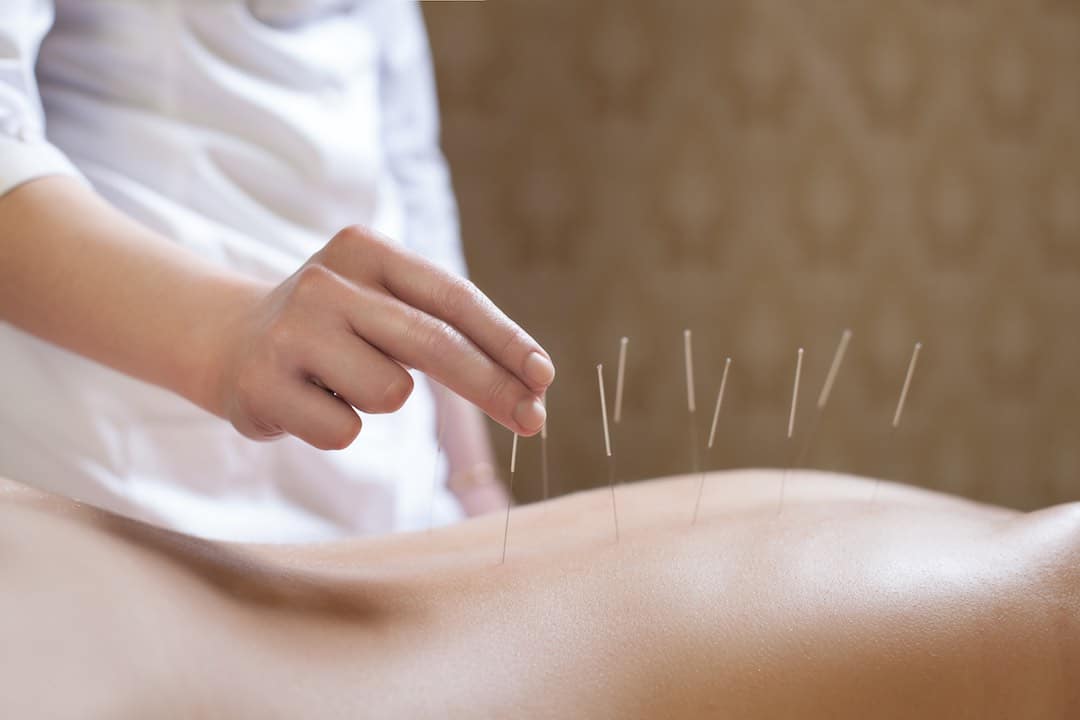
Practiced in China for at least 2500 years and considered traditional medicine, acupuncture is an alternative therapy that has been growing in popularity in the US and Europe since the mid-’70s. The main concept of acupuncture involves the insertion of pins or needles into or just below the skin. The sites for needle insertion are not random. Rather, they follow “meridians” in the body which are believed to be pathways for the “Qi” (pronounced like chee) or life force to travel. According to acupuncture advocates, blockage of these pathways can lead to illness or compromised health.
To re-invigorate the flow of Qi — essential for healing — needles are inserted at prime acupuncture points along the meridians. Which points to stimulate and how are determined by a licensed acupuncturist who has studied the technique extensively and passed a rigorous examination process. One way of thinking about the needles is that they release blocked energy, kind of like undoing or relaxing nerves that may be bound up for whatever reason — stress, disease, diet, trauma being major contributors.
An acupuncture session can be intense — both in the insertion of the needles and the energy the needles release. Multiple sessions are often required or recommended to allow the body to respond in a measured and less dramatic (intense) fashion.
A small sample of conditions that acupuncture can effectively treatconditions that acupuncture can effectively treat includes pain relief, stimulation of the autoimmune system, head, neck and back aches, respiratory disorders, gastrointestinal disorders, sinusitis, insomnia, anxiety, blood pressure and sexual dysfunction. Often, acupuncture is offered in conjunction with traditional Chinese herbal remedies that complement or reinforce the relief and blockage clearing afforded by the needles. For example, to relieve sinusitis, herbal teas may be prescribed to support the sinus in addition to a treatment with needles.
Acupuncture Recommendations
Recommended for:
-
- Pain relief
- Nausea
- Anxiety and/or depression
- Respiratory disorders
- Stimulating autoimmune system
- Gastrointestinal disorders
- Insomnia
- Sinusitis
- Blood pressure
- Sexual dysfunction
Not recommended for:
-
- People who have an aversion to needles
- Life-threatening illness
- Broken bones or other emergency traumas
Aromatherapy (Essential Oil Therapy) Overview
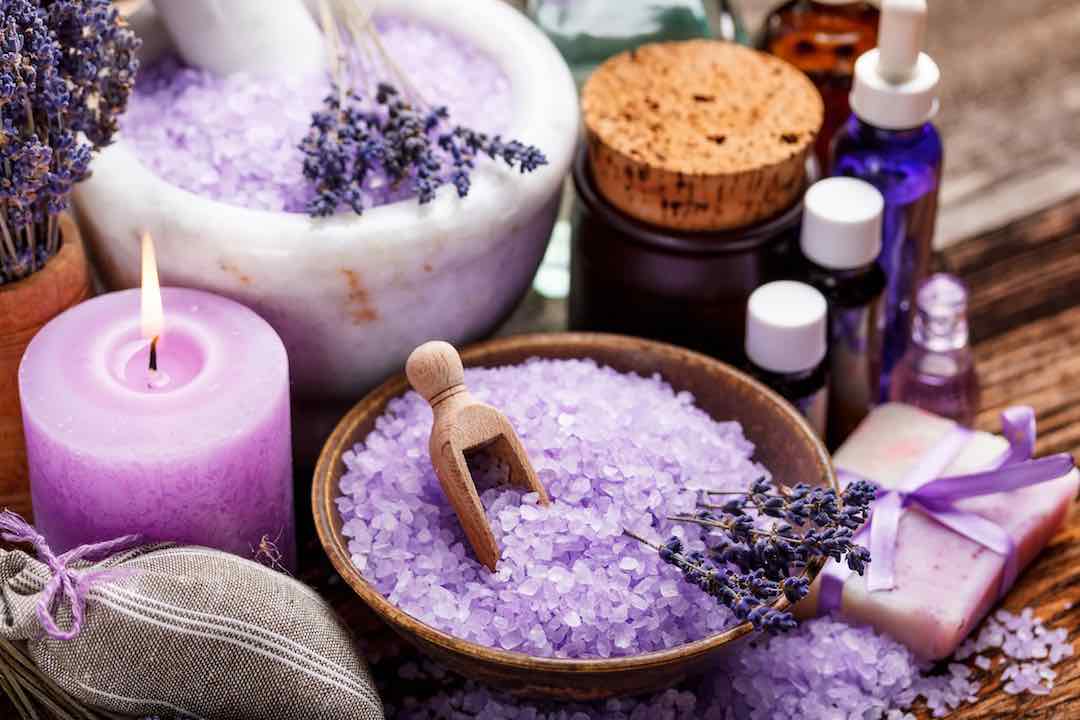
Humans have used scents and herb-infused oils and lotions for centuries. Ever taken a lavender Epsom salts bath to relax? Or have you noticed that some scents energize you, like cinnamon or lemon perhaps? The basis of aromatherapy is that some scents provoke a beneficial physiological response in the body.
The simple story is that plants (and some insects) produce essential aromatic oils that serve as deterrents to predators or as a form of protection from the elements. As it turns out, many of these oils are beneficial to humans, as our brains have receptors for some of the organic compounds. When inhaled or applied to the skin, the compounds trigger endocannabinoids in our brains and the nervous system responds accordingly.
The good news is that science is coming around to confirming what aromatherapists have practiced for millennia: the body responds favorably to scents and the application of essential oils to the skin. Knowing how the essential oils work physiologically, doesn’t necessarily make them work better. But validation from science is an encouraging sign and may signal further advances in the practical applications of aromatherapy.
A short list of oils and their purported benefits: Lavender promotes relaxation. Lemon oil boosts mood, fights depression. Cinnamon oil — anti-inflammatory, anti-bacterial. Rosemary oil decreases cortisol levels
Aromatherapy (Essential Oil Therapy) Recommendations
Recommended for:
-
- Stress relief
- Sexual dysfunction
- Anti-inflammation
- Anti-bacteria
- Headache relief
- Energy boost
- Cortisol reduction
Not recommended for:
-
- Life-threatening conditions or disease (though may be used in palliative care for comfort)
- People who have serious allergies or are highly sensitive to scent
- People with skin sensitivities
- People with respiratory conditions
Massage Therapy Overview
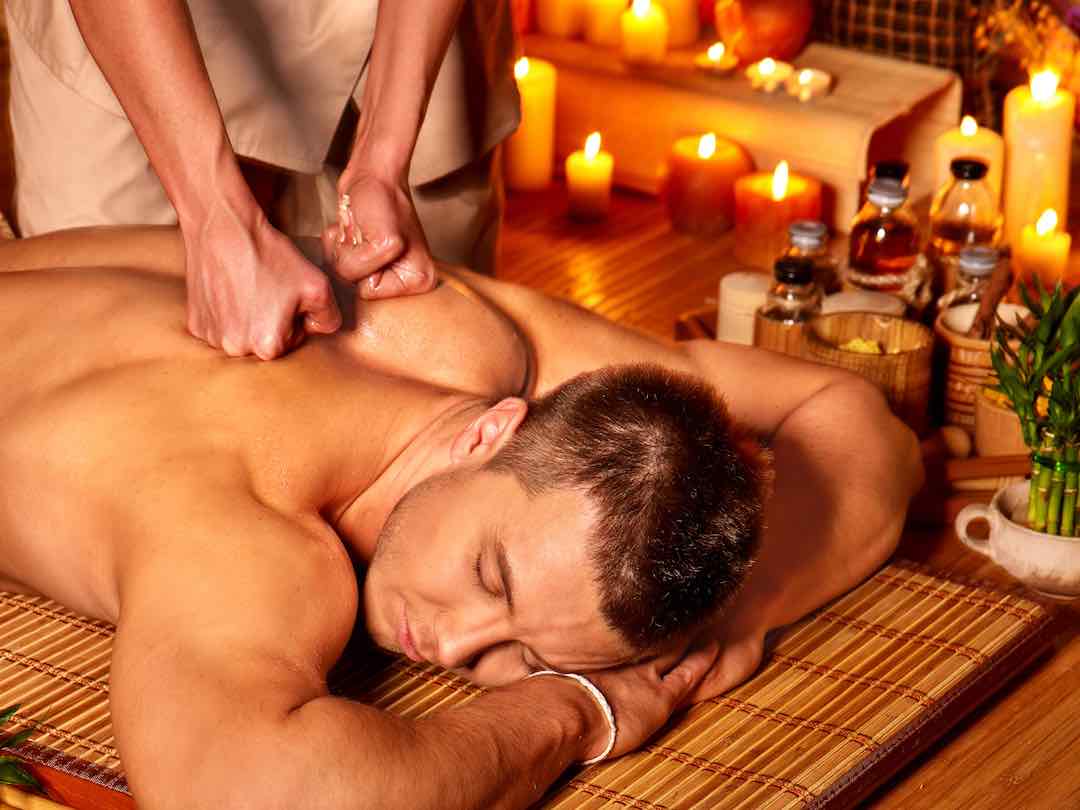
Human touch has long been counted among beneficial healing modalities. Though science has yet to completely quantify its benefits, massage therapy takes touch to a deeper level. Massage therapy involves a licensed massage therapist manipulating soft body tissue to release tension, stimulate nerve tissue and blood flow, and break up accumulations of harmful chemicals (toxins) held in the fascia.
Though there are many different methodologies, massage therapy can be broken down into two main types: massage for rehabilitation and massage for relaxation.
Massage for Rehabilitation
Often referred to as deep tissue work, this form of massage requires the practitioner to have a thorough understanding of the body’s musculature, as well as a “feel” or “educated intuition” for what may be causing a client’s pain or what tissue manipulation they may need to recover from an injury or surgery. Unlike relaxation massage, this form of massage can be painful or intense while the therapist manipulates the fascia or bound muscle microfibers with the intent to increase blood flow (equals more oxygen and healing) to the muscles.
Massage for Relaxation
Less intense than deep tissue work, a relaxation massage is what it sounds like — a gentle manipulation of soft body tissue to relax, take out the kinks. Swedish massage is considered a popular form of relaxation massage.
The differences between the two forms of massage are summed up in their descriptions and felt in the intensity and/or location of delivery. Often rehabilitative massage focuses on specific muscle groups — say the body part in rehab; a relaxing massage is often full body, though the client or practitioner may suggest concentrating on particularly tense body parts, like shoulders, neck or lower back.
Massage Therapy Recommendations
Recommended for:
-
- Stress relief
- Rehabilitation of body post trauma
- Improved circulation in soft tissue
- Musculoskeletal pain relief
- Improved digestion
- Elimination of toxic build up in muscle/fat tissues
- Improved mobility
Not recommended for:
-
- Pain that may be a result of a serious fracture or bone degeneration
- Internal organs (though there is a branch of massage that deals with this)
- Dislocations
- Cancer tumors
Reiki Therapy Overview
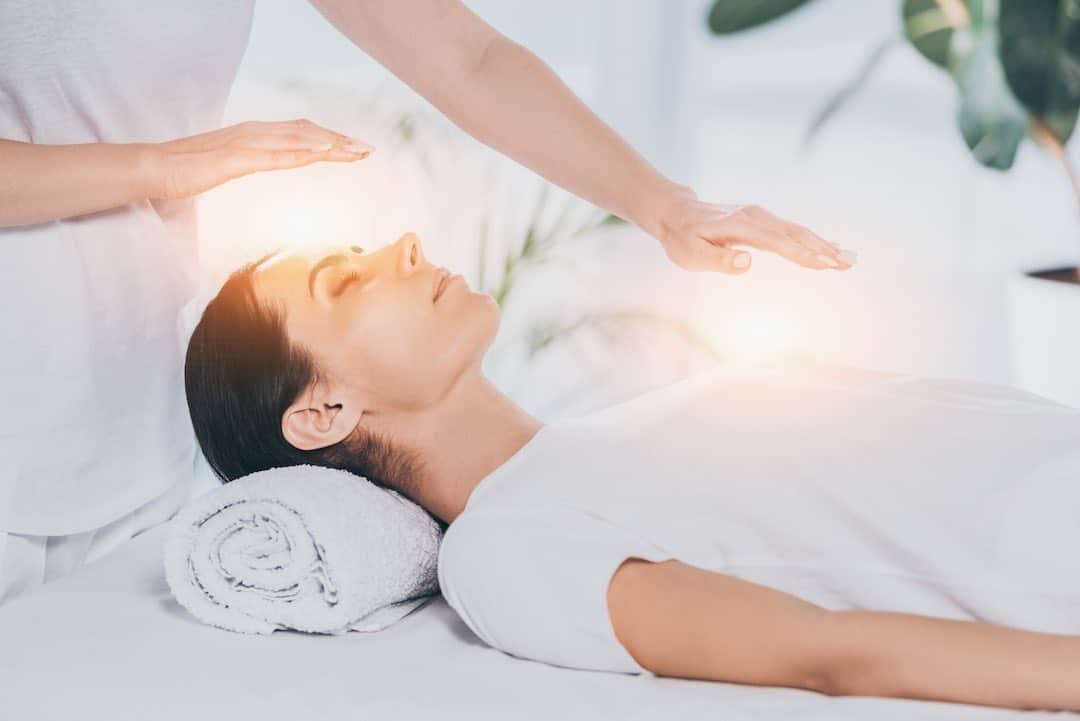
Of the alternative therapies presented thus far, Reiki may be the most controversial in terms of its origins and benefits. The word Reiki is the combination of two Japanese words — Rei (of the supernatural, or from God) and Ki (essential life force –similar to Qi above). Reiki practitioners clear or balance the energy fields surrounding a person, through light touch or placing hands in areas “energy fields” above places experiencing “blockage”.
Science has yet to validate Reiki as a healing modality, though it has been practiced since the late 19th and early 20th centuries. It is thought to have originated from the work of a Japanese monk who sought to attune energy forces. The belief is that when energy forces are out of balance lead to disease.
Attuning a person’s energy fields through Reiki follows a set methodology, though it requires no extraordinary or intense training; rather an interest and openness to feeling another person’s energy imbalances and offering “hands-on” to attune the body to improved energy flow, to facilitate the body’s ability to heal itself.
These words written by the founder, Usui Mikao, may sum up the practice best:
The secret art of inviting happiness
The miraculous medicine of all diseases
Just for today, do not anger
Do not worry and be filled with gratitude
Devote yourself to your work. Be kind to people.
Every morning and evening join your hands in prayer.
Pray these words to your heart
and chant these words with your mouth
Usui Reiki Treatment for the improvement of body and mind
The founder, Usui Mikao
Reiki Therapy Recommendations
Recommended for:
-
- Stress relief
- Anxiety
- Overall feeling of well being
- Relaxation
- Getting in touch with your spiritual side
Not recommended for:
-
- Acute medical conditions
- Life-threatening trauma
- Cancer treatment (though beneficial for relaxation)
CBD Oil Therapy Overview
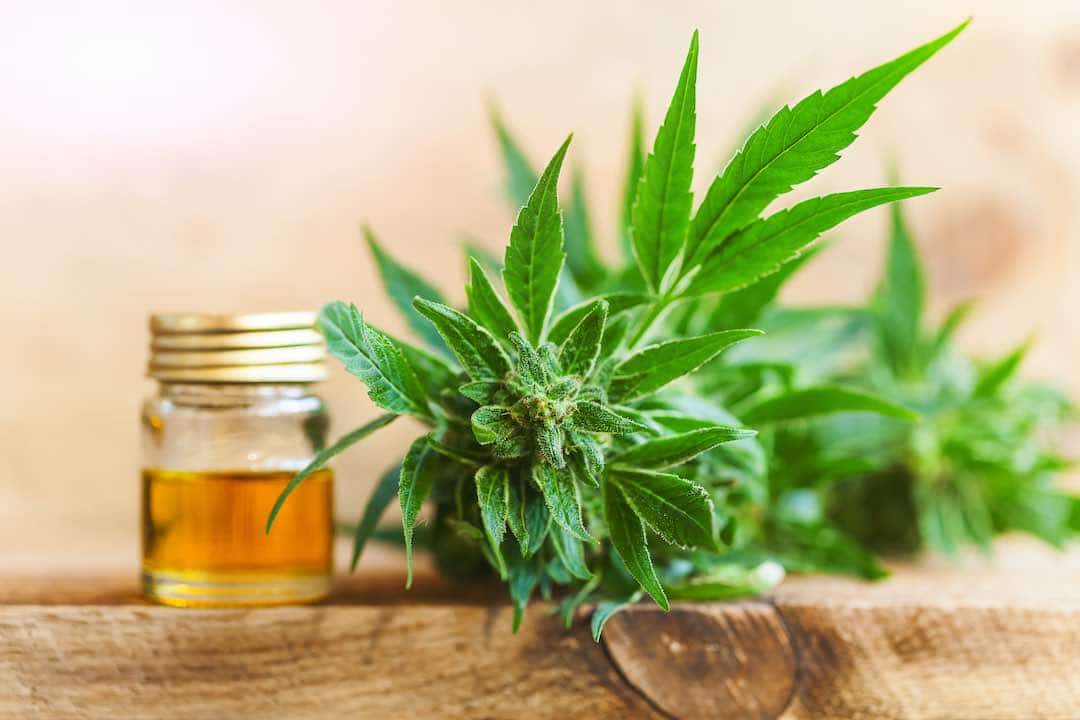
With the legalization and/or decriminalization of marijuana (cannabis), claims as to the therapeutic benefits of CBD (cannabidiol) have skyrocketed. Reports that everything from headaches to epilepsy can be treated with medical marijuana flood the newsstands. While research has been hampered because of the drug’s status, current studies are beginning to shed light on how — or if — CBD works.
CBD and the Human Body
CBD (cannabidiol) is a non-psychoactive compound found in the cannabis plant. To be more precise, it is a Phyto cannabinoid…meaning of or found in plants. This is an important distinction to make because, as it so happens, humans create endocannabinoids…meaning produced within. And herein lies the mystery and potential uses of CBD.
As humans produce endocannabinoids, there are natural receptors throughout the body to receive cannabinoids — either produced by the body or received via tincture, oil, smoke, or ingested. It just so happens the cannabis plant produces cannabinoids that fit into human receptors and facilitate relief from a wide variety of symptoms. CBD science is still in its infancy, however, documented cases of epilepsy relief in children and reducing nausea in cancer patients undergoing chemo are common.
The Current CBD Market
The current market is unregulated and, as such, the quality and effectiveness of products is not standardized…dosages and brands are hit or miss. There is also a distinction made between CBD made from the hemp plant (which contains no THC — the psychoactive component in cannabis that gets a person “high”) and CBD that comes from the cannabis plant that contains THC. There is something referred to as the “entourage effect” which, proponents of the latter form of CBD claim increases the healing properties of the extraction, because the CBD has a more complete profile.
A telling sign that CBD oil is here to stay is that pharmaceutical companies are dedicating significant resources to create synthetic CBD, suggesting that your neighborhood drug store will soon be carrying a wide variety of products carrying the CBD promise.
Currently, CBD is considered an alternative therapy. However, once it hits mainstream within a few years, it is predicted that CBD will take its place on the over-the-counter pharmacy shelf next to aspirin, ibuprofen and sleep aids. And, like conventional medicine mentioned above, CBD will be treating symptoms and not root causes.
CBD Oil Therapy Recommendations
Recommended for:
-
- Insomnia
- Epilepsy
- Headaches
- Nausea
- Arthritis
- Anxiety
- Depression
- Muscle soreness
Not recommended for:
-
- Dosages are not standardized and therefore subject to extreme variations in quality
- Long term effects of CBD usage have not been determined
- Some products labeled to contain only CBD have carried enough THC for users to get an unexpected high
What’s Your Alternative?
That some medical insurance companies now offer coverage for some alternative therapies lends credence to their effectiveness. Often massage therapy and acupuncture are included as beneficial therapies one can seek. Other modalities are less well recognized, but also less expensive and — perhaps — worthy of looking into to reduce your stress, ease your aches and pains, or get your energy back. Check with your friends to find reliable practitioners and/or products near you. You may be pleasantly surprised with the results of your self-care.
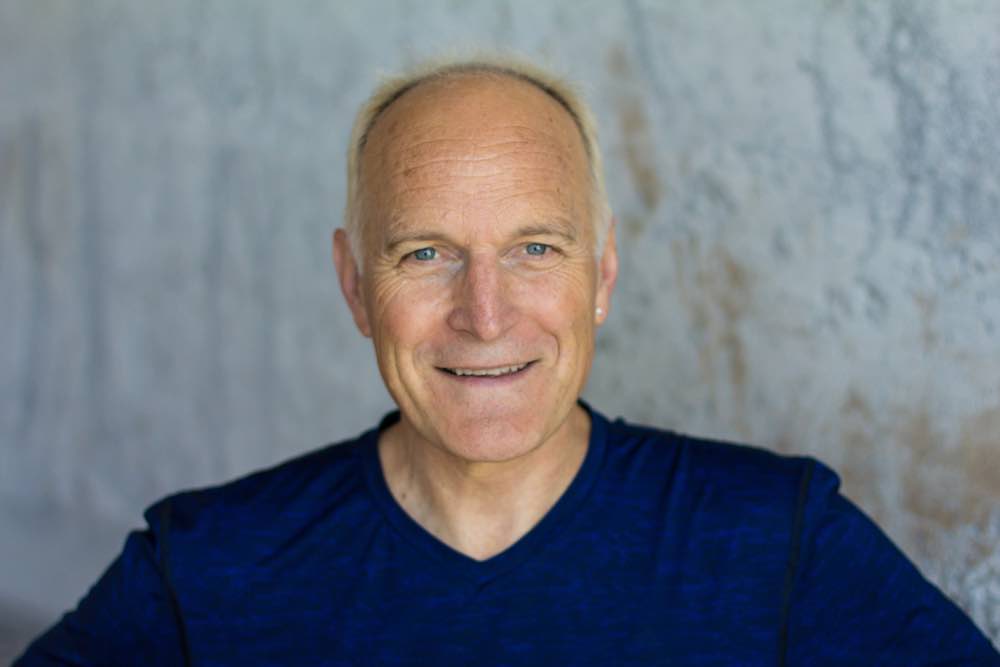
Craig is cofounder of Memoir Tours, a 10-day memoir writing retreat in County Mayo, Ireland. When not in Ireland, he lives in Mill Creek, WA and works behind the page as a ghostwriter, content creator, and copy editor. Music, mandolin and guitar, artisan bread and walks along the creek with his granddaughter rank high on his favorite things list. www.memoirtours.com You can reach Craig via: craig@memoirtours.com
The post 5 Alternative Therapies You May Never Have Heard of But Really Should Try appeared first on Thrive After 50.
]]>The post Try Gentle Yoga for Flexibility and Fitness appeared first on Thrive After 50.
]]>If images of sinewy yogis folding themselves into seemingly impossible poses may be a turn-off for some, then it’s important to know that yoga isn’t really about twisting yourself into shapes only cats should ever attempt.
Yoga is about gently pushing your own limits while becoming more attuned to your mind and body, not about trying to become someone who can put their toes behind their ears while balancing on one foot. It’s about gradually developing flexibility, strength, and balance in a way that honors where you are in life.
The best part is, you can start right where you are. Your size, flexibility, fitness level, and age do not prevent you from doing yoga. There are always modifications to each asana (pose) that enable you to do what you can, as you can, and still reap the benefits.
Overview
Where did yoga come from, and why is it so popular?
In the West, we primarily see yoga as exercise. However originally, yoga was a mind/body practice with a spiritual core. Yoga originated in India around 3000 BC as a way to achieve enlightenment. It was quickly discovered that yoga seemed to cure physical ailments and diseases including hypertension and diabetes. Yoga came to the West in the late 19th and early 20th century and exploded in popularity in the 1980s. Yoga has many different schools, with the most popular in the West being hatha yoga. Hatha yoga is focused on the body, and encourages the unobstructed flow of prana, or life force energy.
Benefits Of Yoga
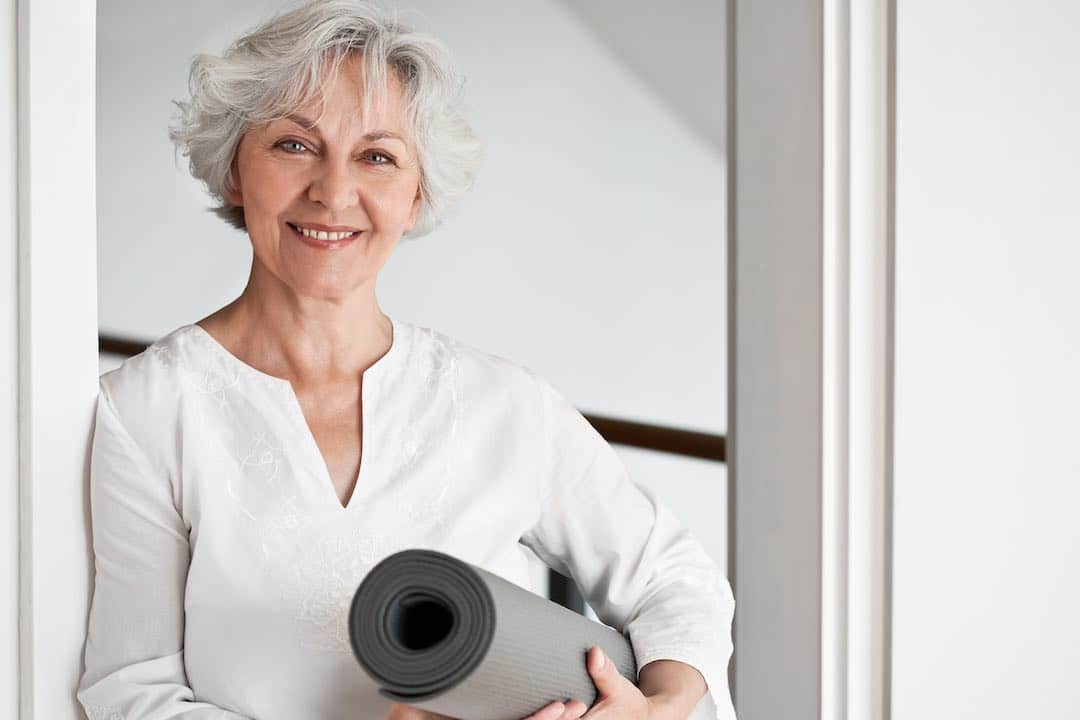
There are many reasons to practice yoga:
- Physical: increased flexibility, pain relief, muscle strength and endurance, weight loss, circulatory health, improved respiration, lowered blood pressure, relief from arthritis, greater energy, better digestion, better balance, better sleep, improved athletic performance, stronger connective tissues, and injury prevention.
- Emotional and mental benefits: stress management, self-mastery, improved focus and concentration, optimism, mental clarity, inner peace, improved body awareness, and resilience.
Yoga For Older Beginners
You’re not 20 anymore, and you’re not as flexible as you used to be. So now what? Do the non-bendy among us have to forget yoga? No! Luckily, there are two types of yoga perfectly suited for older beginners.
Gentle yoga
One particularly appealing version of yoga that is perfectly suited for older beginners is called Gentle Yoga, which is a less intense, less strenuous form of yoga that is slower and more meditative than other forms. Gentle yoga is intended for people with limited mobility who want to experience relief from chronic pain, stiffness, or chronic conditions while building flexibility, balance and strength. Gentle yoga moves at a relaxed, easy pace with fluid movements that are primarily floor- or chair-based.
Chair yoga
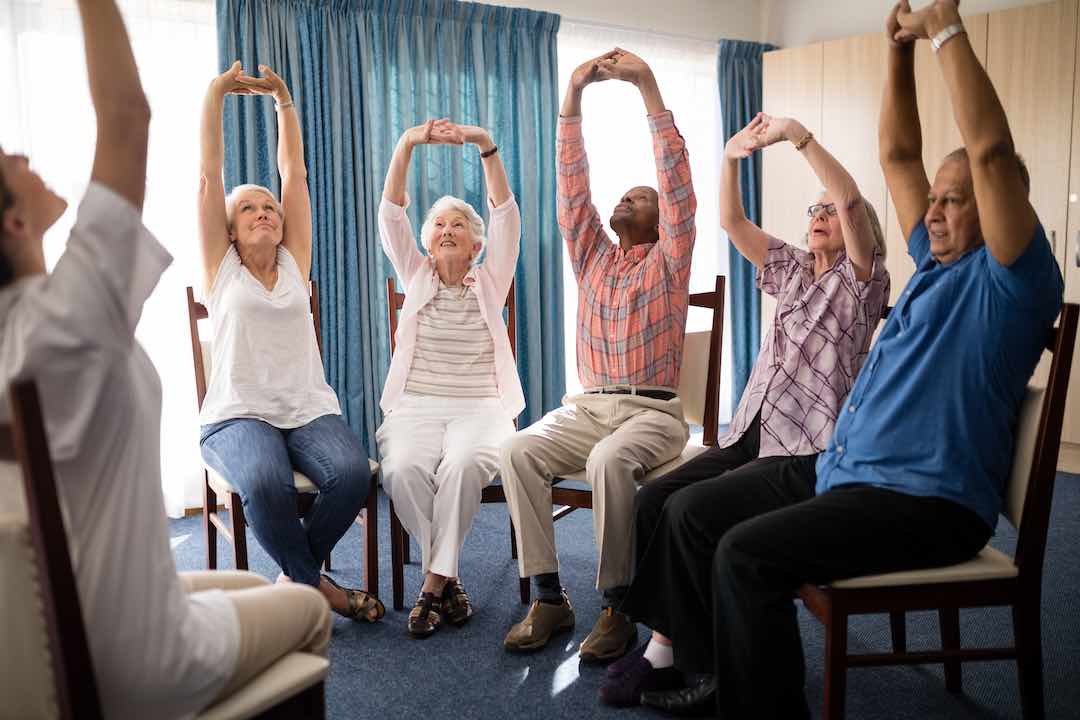
Chair yoga is a type of yoga that centers around poses that can be done from a comfortable seated position, without worrying about losing balance and falling. It’s the perfect introduction to yoga for anyone with serious balance and mobility issues, or disabilities. Chair yoga poses are mostly done seated, although there are a few that involve standing and using the chair for support. Since it’s intended for people with limited mobility, there are few if any poses that require being on the floor (because it can be hard for people to get down or up off the floor). It’s a gentle, slow form of yoga intended to ‘awaken’ the body and begin restoring vitality. It increases flexibility and strength, and builds body awareness.
Class Vs. Video
Now that you know that there are two types of yoga that you can do no matter your current physical situation, the next question is, should you take a class, or can you learn and practice yoga via video?
Wherever possible, a live yoga class with an instructor is the best way to go to get expert guidance, and to avoid developing bad habits. However, videos have their place too. Here are the pros and cons of live yoga classes and yoga videos:
Yoga Classes
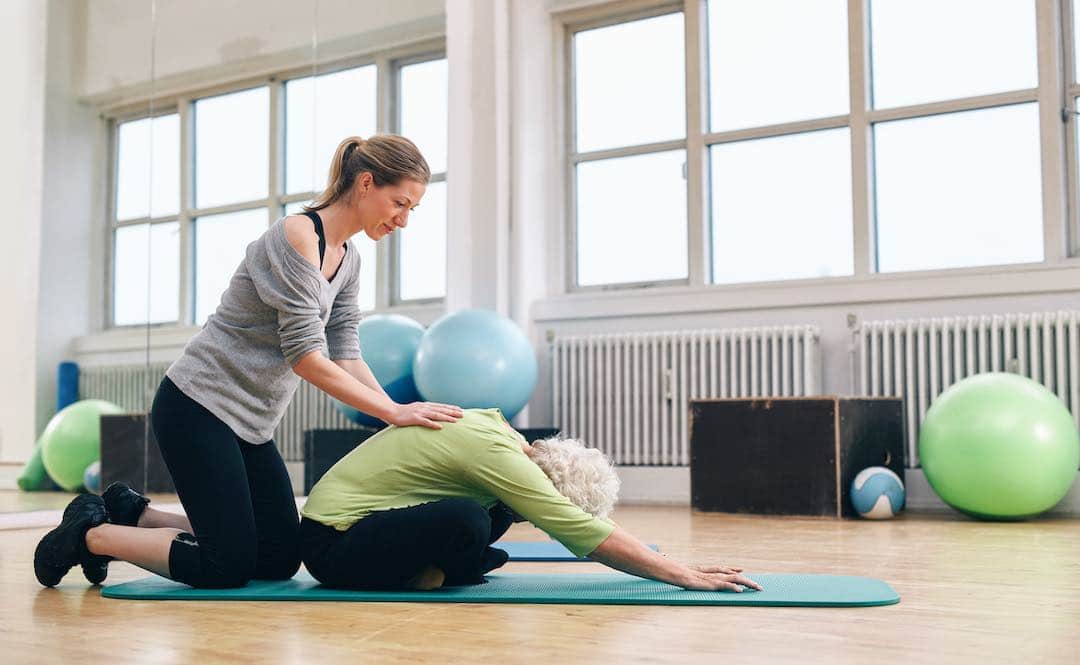
Pros:
-
- Personalized instruction to help you do your asanas correctly (and explain why each pose is beneficial)
- An expert is motivating you, encouraging you, and guiding you
- You get explanations when you have questions
- Social interaction with other students
Cons:
-
- Yoga classes can be expensive
- You have to show up, and if nobody is teaching the yoga style you want in your area, the drive may be quite far
Yoga Videos
Pros:
-
- Practice when you want, where you want
- Inexpensive
- The right video for your needs: Yoga in 20 minutes? Done! Yoga for people with knee problems? No problem! Yoga for people with balance problems? Here you go!
- Huge variety of styles, teachers, and routines
- Learn more poses than you could in a live class
Cons:
-
- Self-directed practice that may be prone to distractions and lack of motivation
- No personalized instruction – nobody improving your alignment, stance, technique, or breathing, which can lead to developing bad habits
- Too easy to get into a rut of doing the easy poses and not pushing yourself
- No social connections with other students
- Too many choices can be overwhelming
Final Thoughts
There’s no doubt that yoga is a beneficial, if not, completely transformative practice.
One way to start is to ask if you can join a class to see what it’s all about. Most teachers will comp you one introductory class or heavily discount it, and they’ll be happy to discuss whether a class is right for you, and what you can expect.
If you want to try gentle yoga or chair yoga for seniors and don’t have that option where you live, get started with videos and transition to a more advanced live class when you’re ready.
Yoga is a life-changing practice suitable for anyone. Your joints, mind, heart, lungs, and muscles will thank you! Give it a try today!
I’m a self-professed madman, adventurer, photographer, certified High-Performance Coach, martial artist, and licensed physical trainer specializing in senior fitness. My passion is to continue growing and developing into my own unique, gifted, and joyful authenticity, while committing myself towards doing my own special part to help change the world. My mission is to help others find their own direction and purpose in life, by means of mentoring, teaching, and empowering.
The post Try Gentle Yoga for Flexibility and Fitness appeared first on Thrive After 50.
]]>